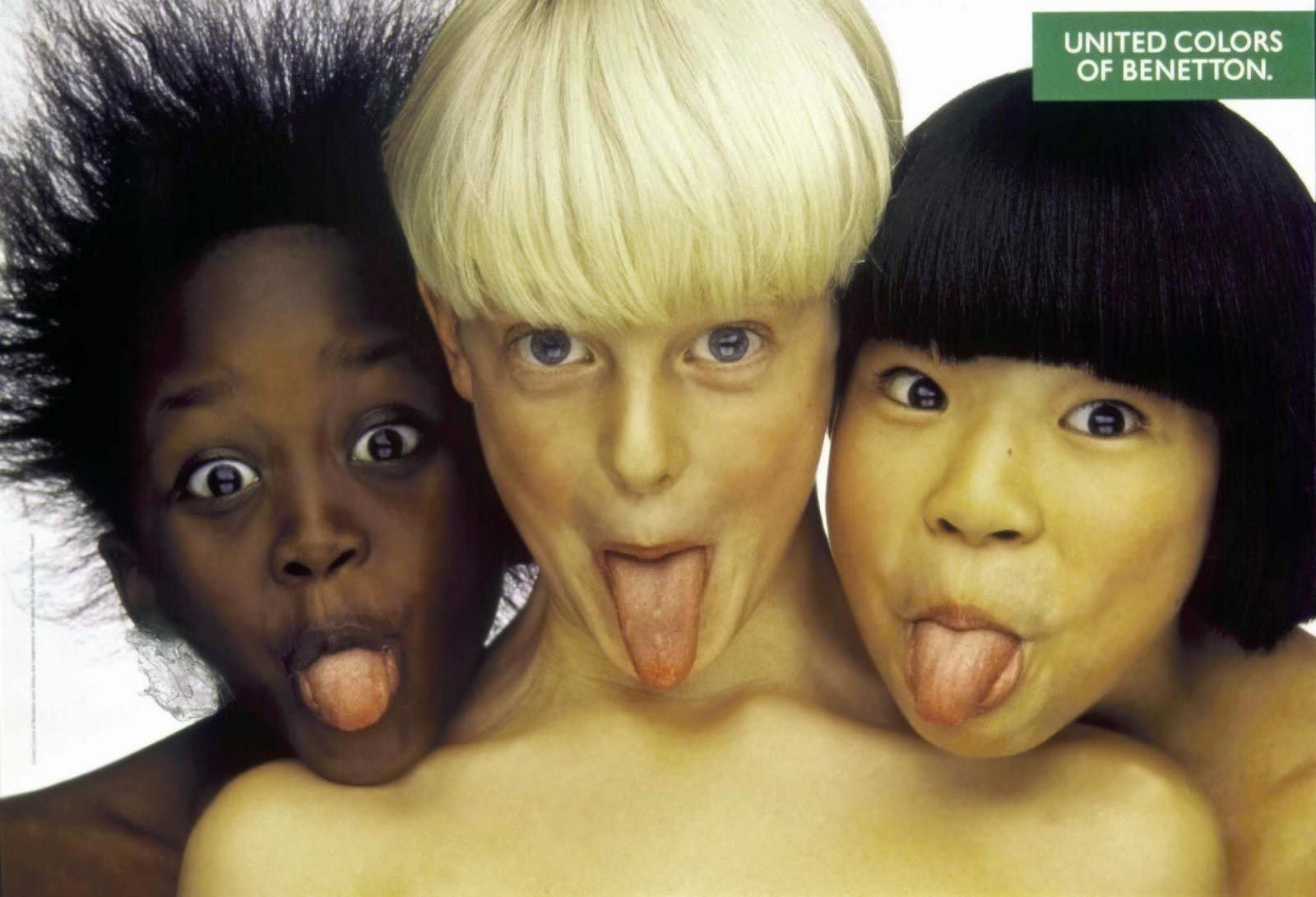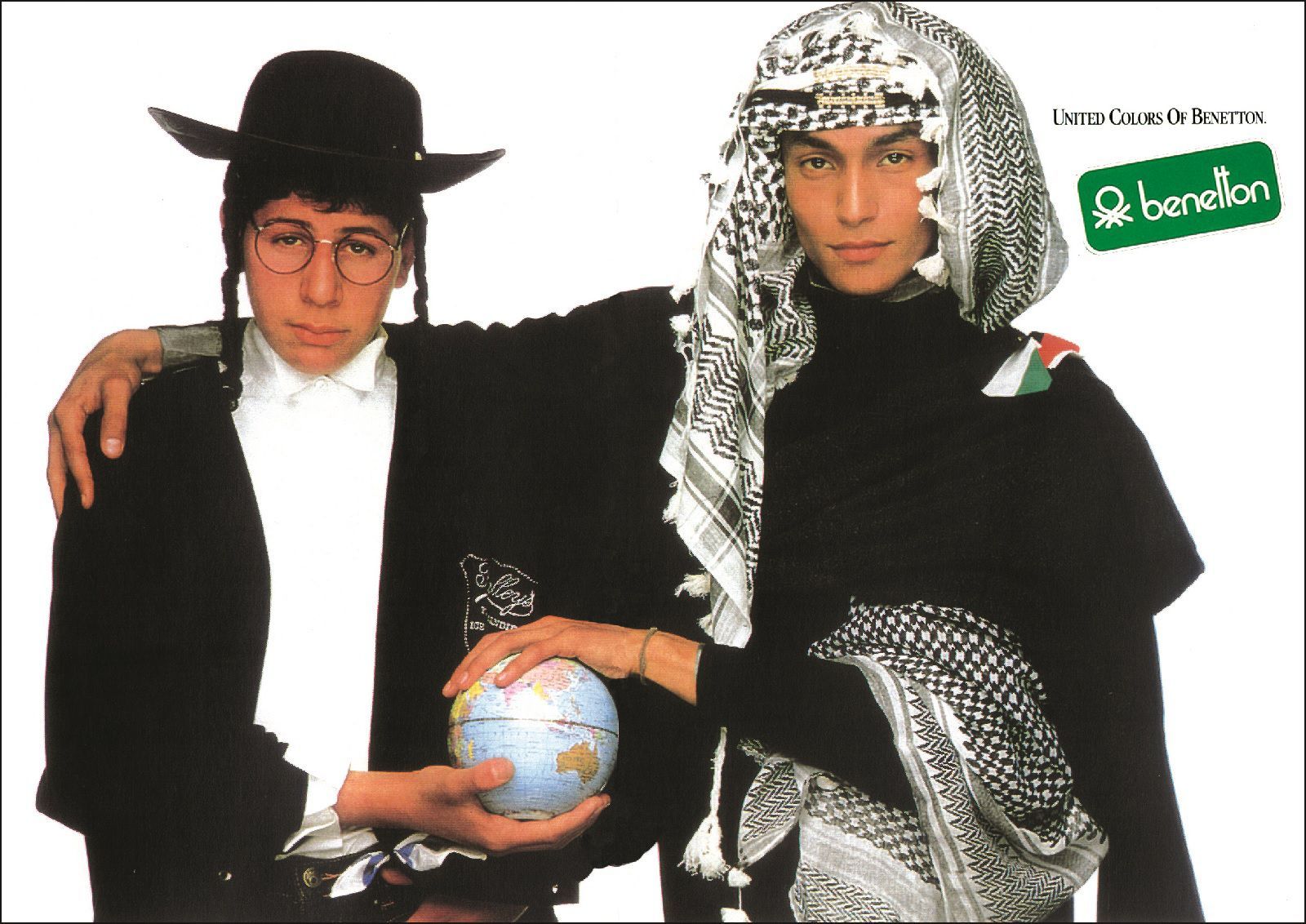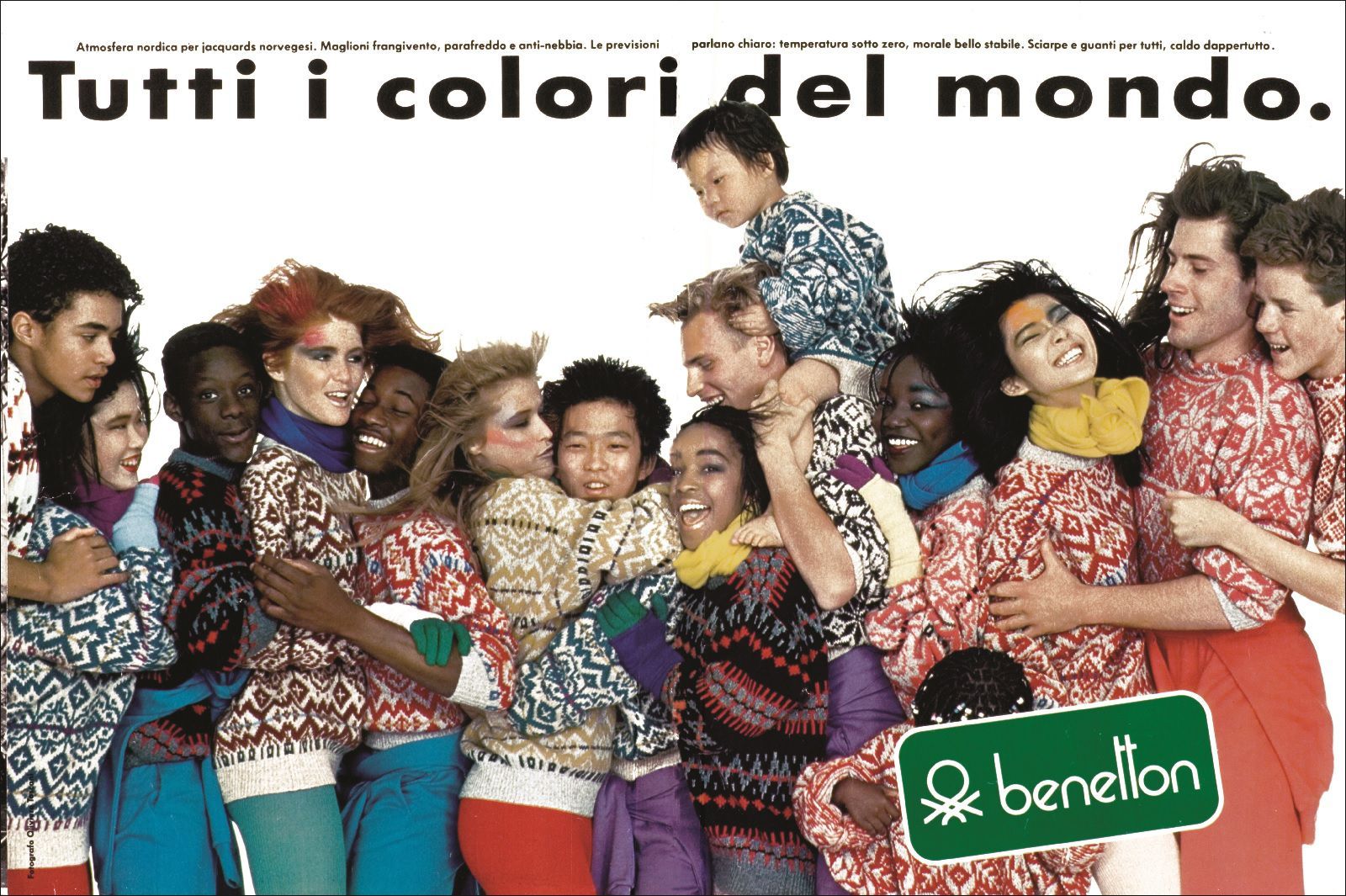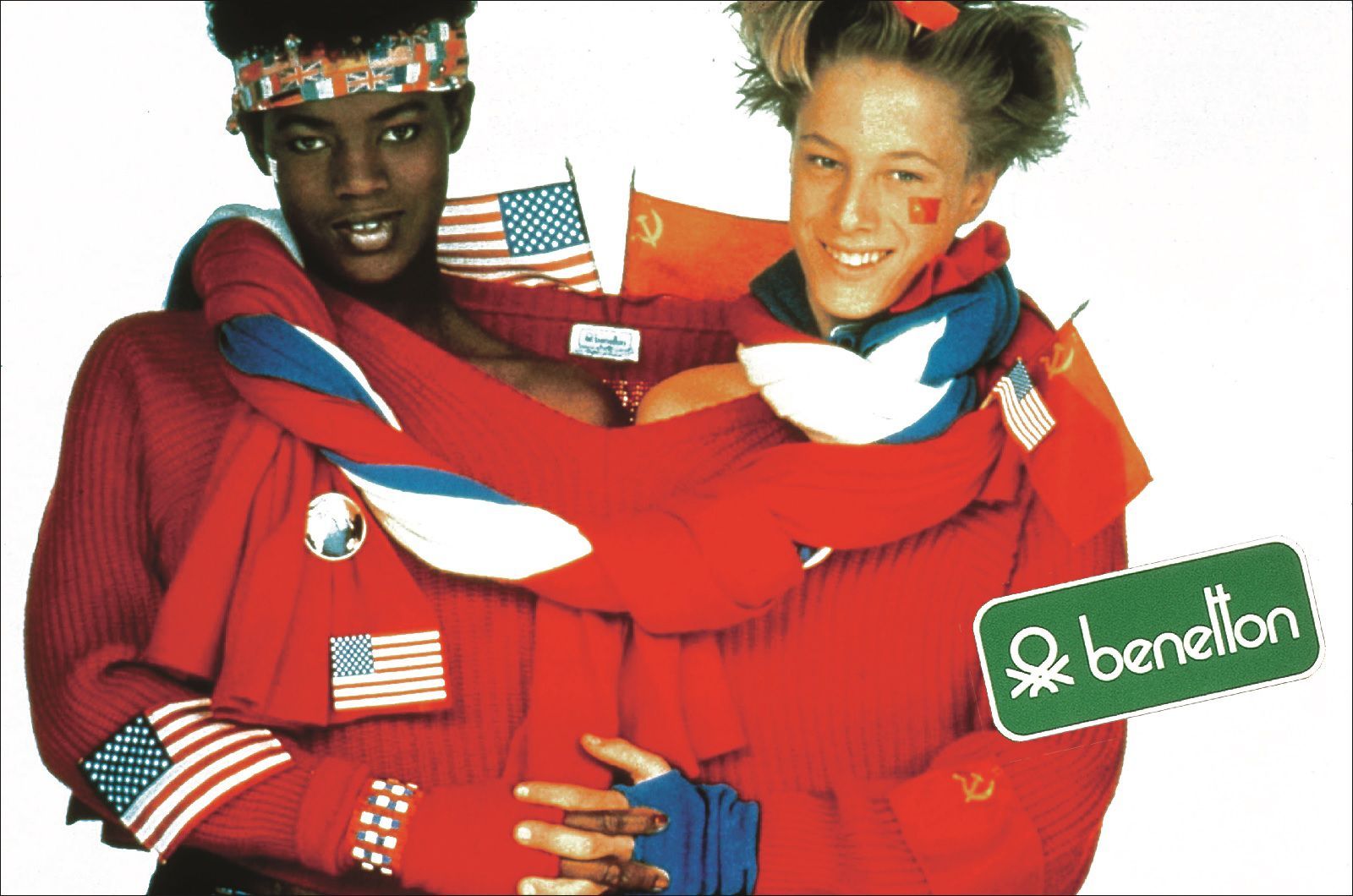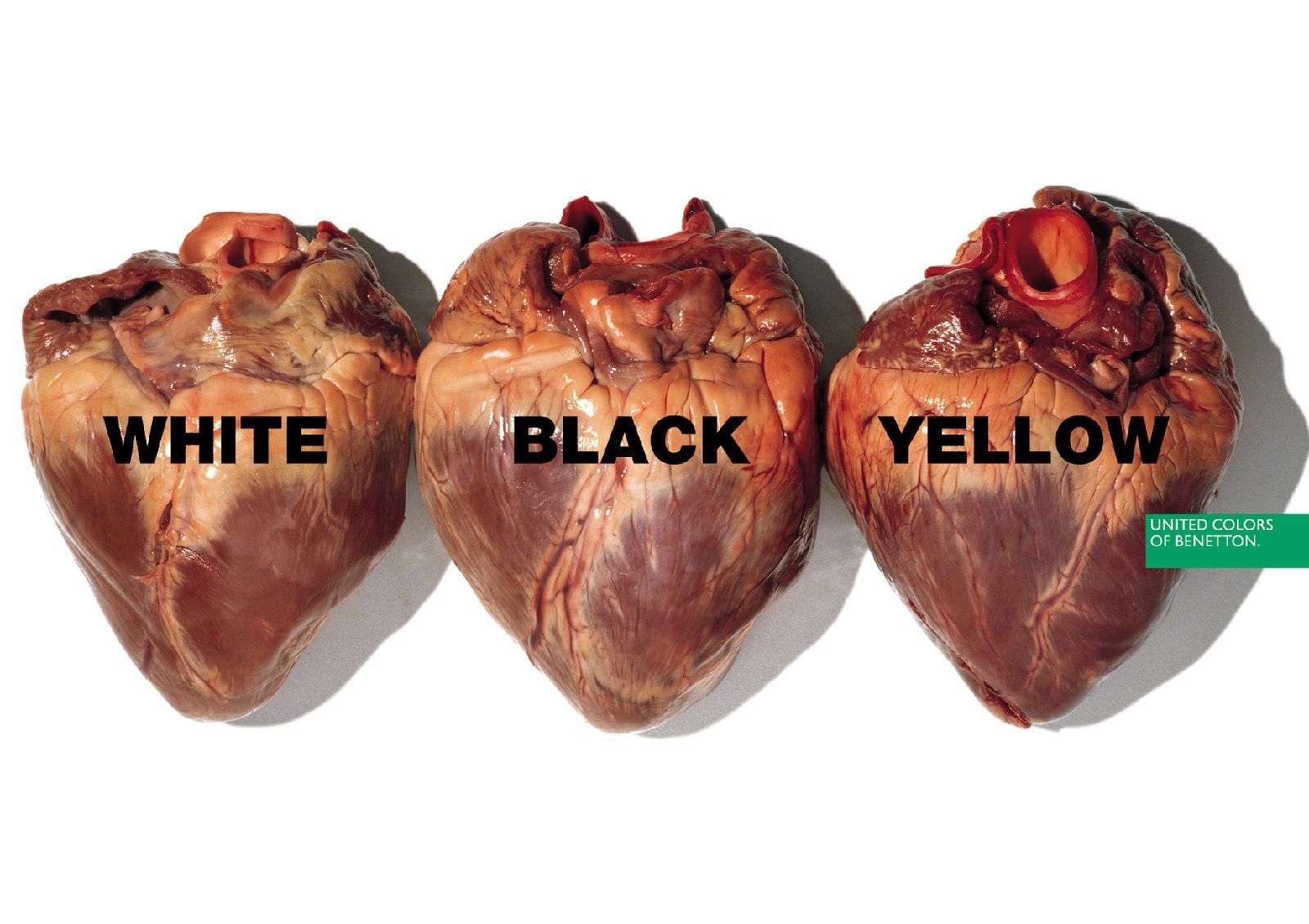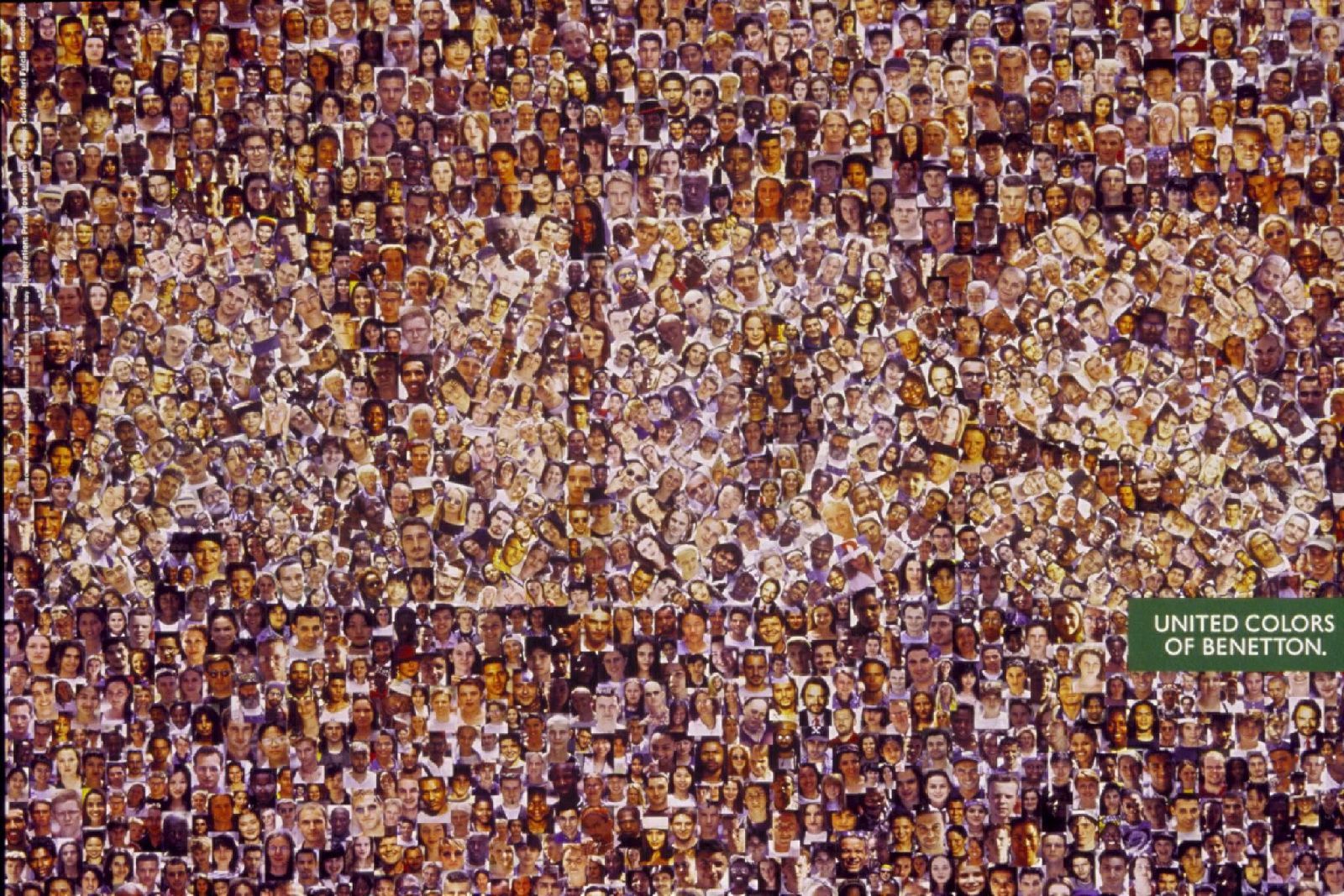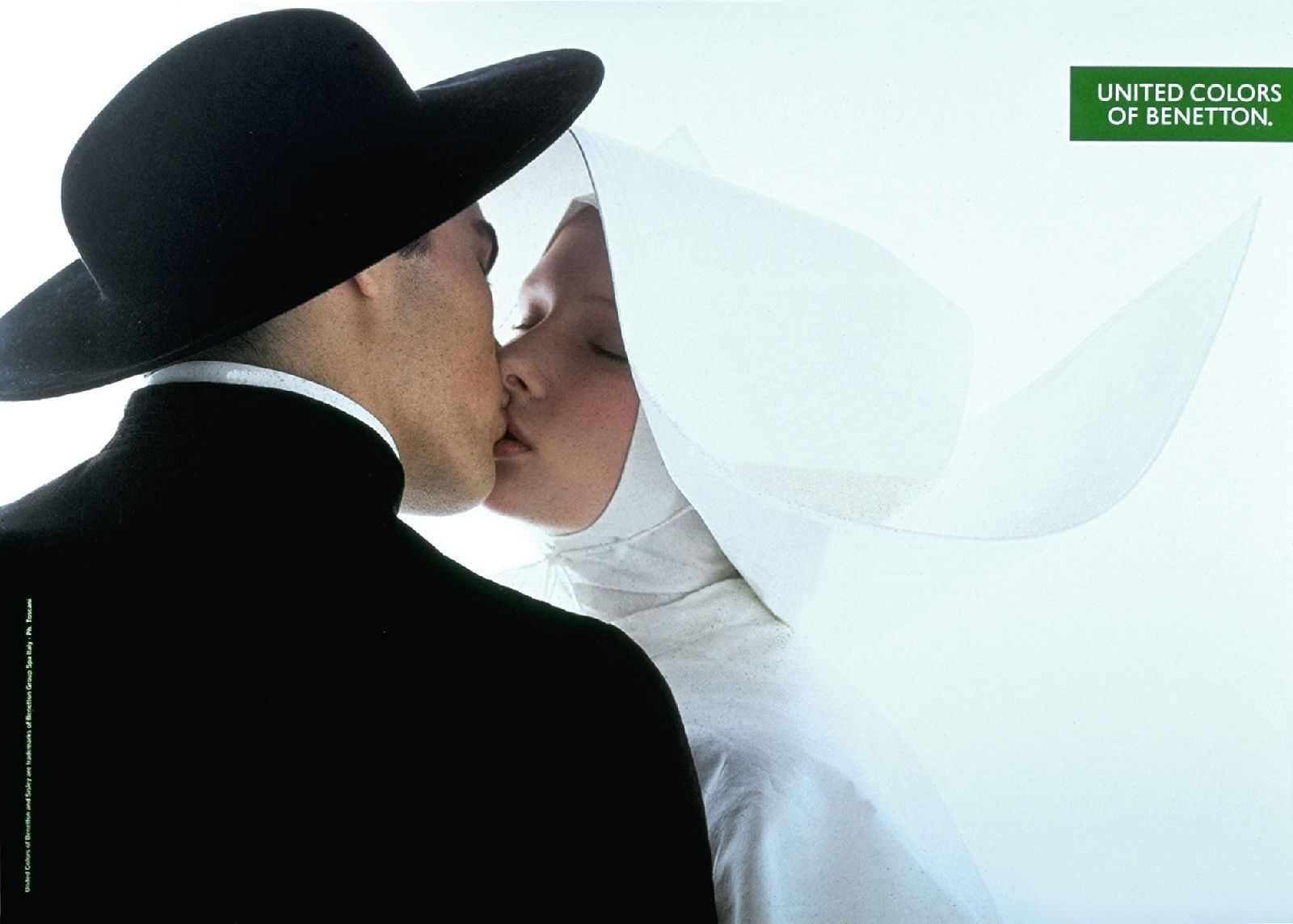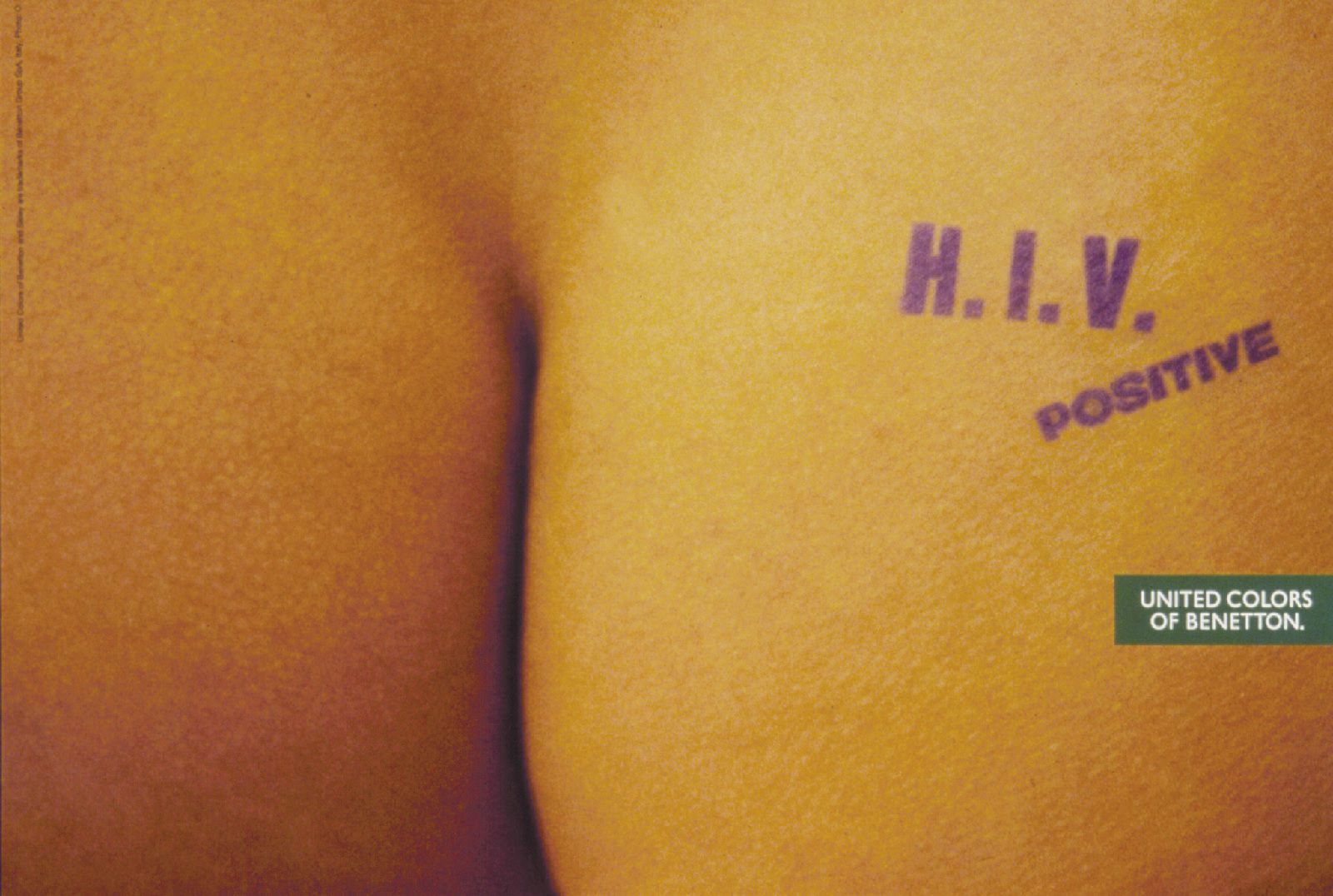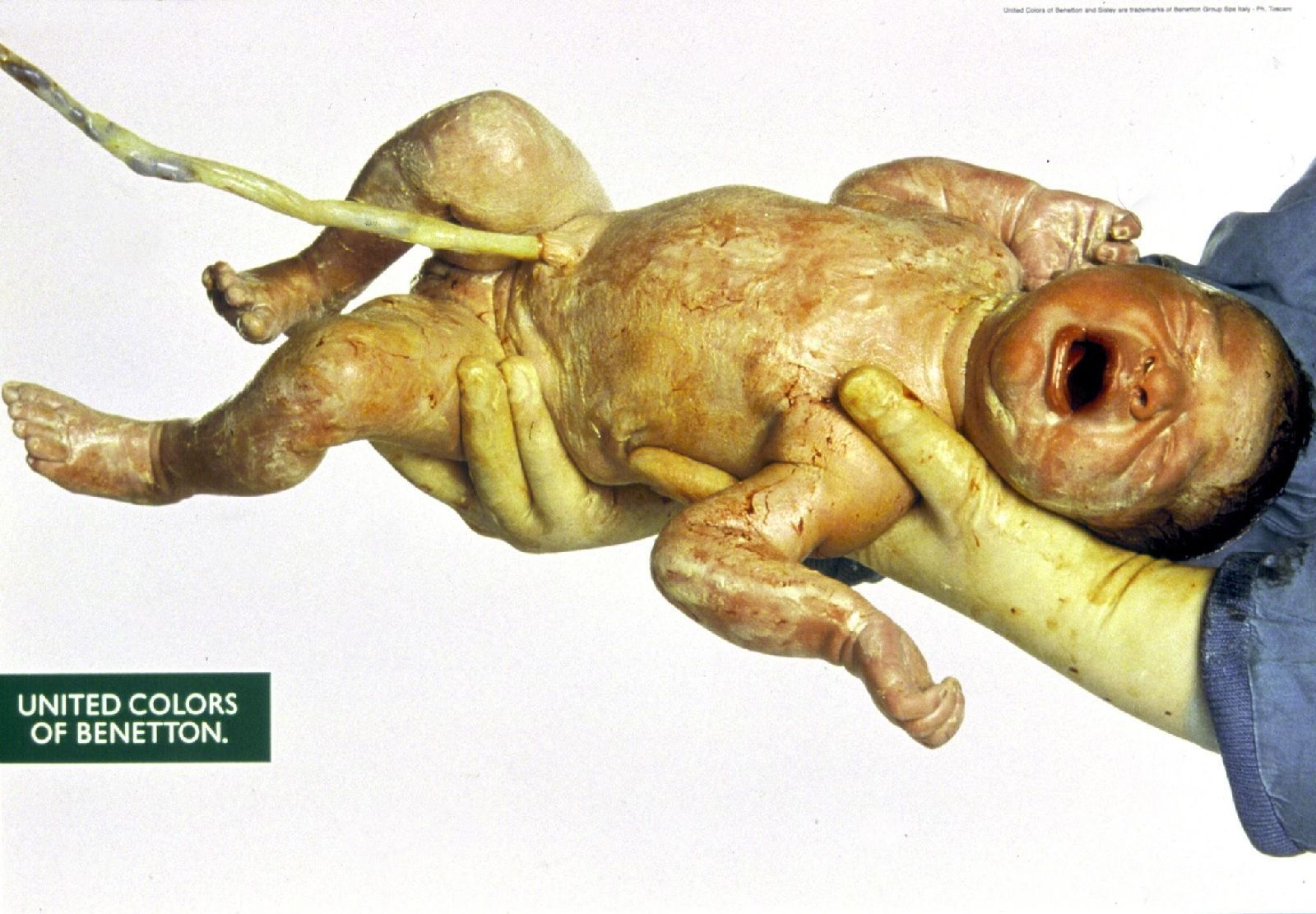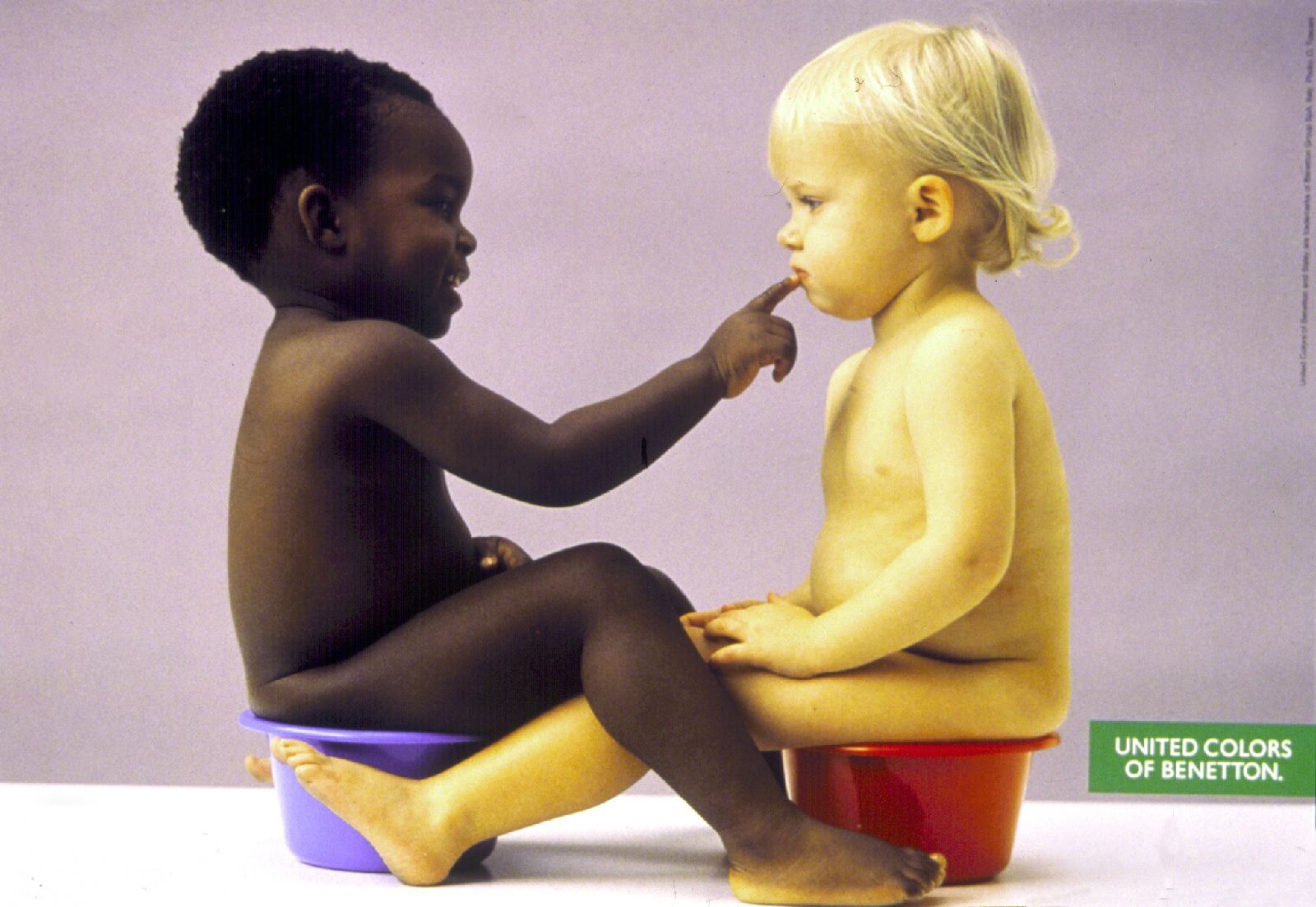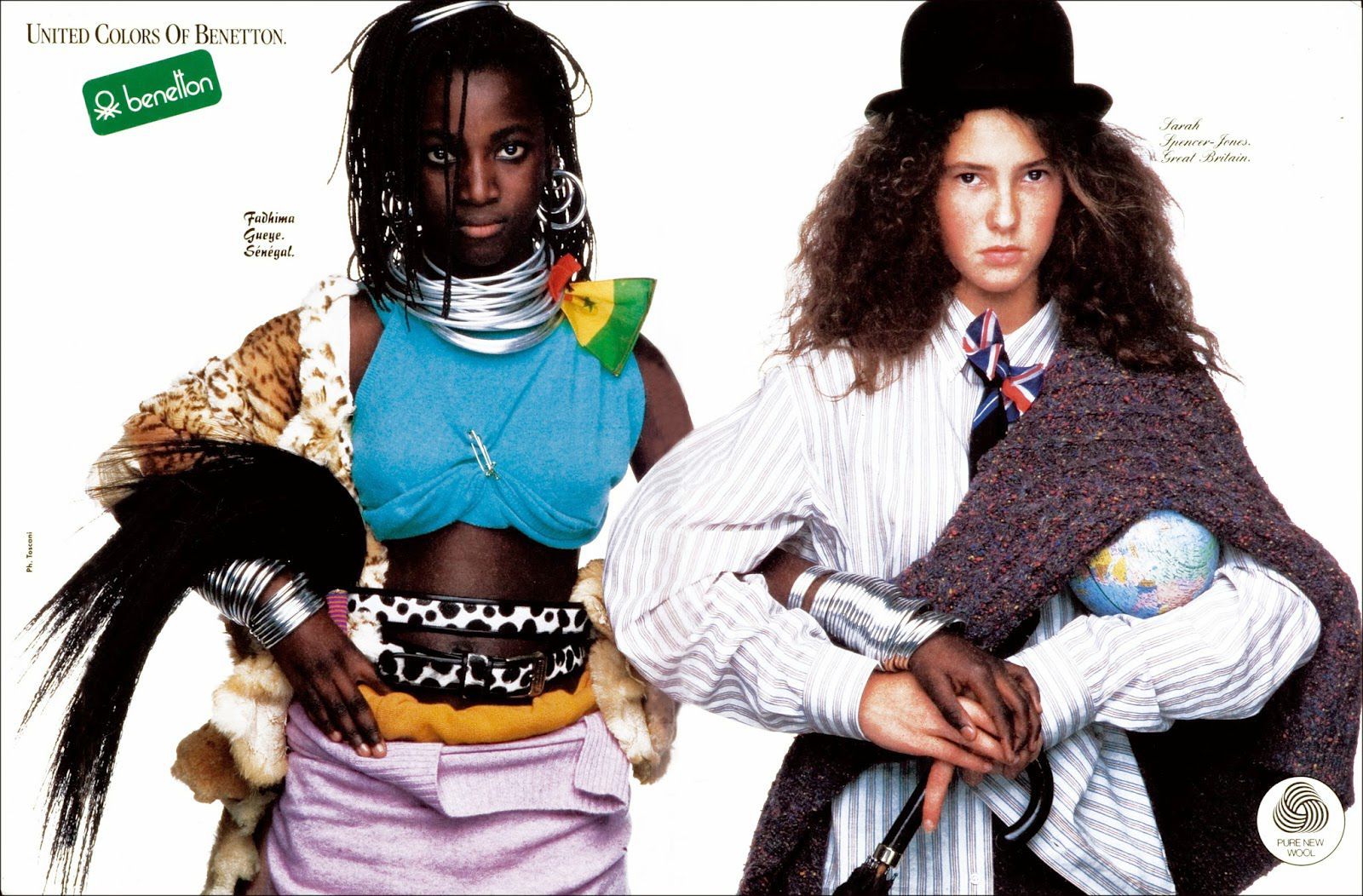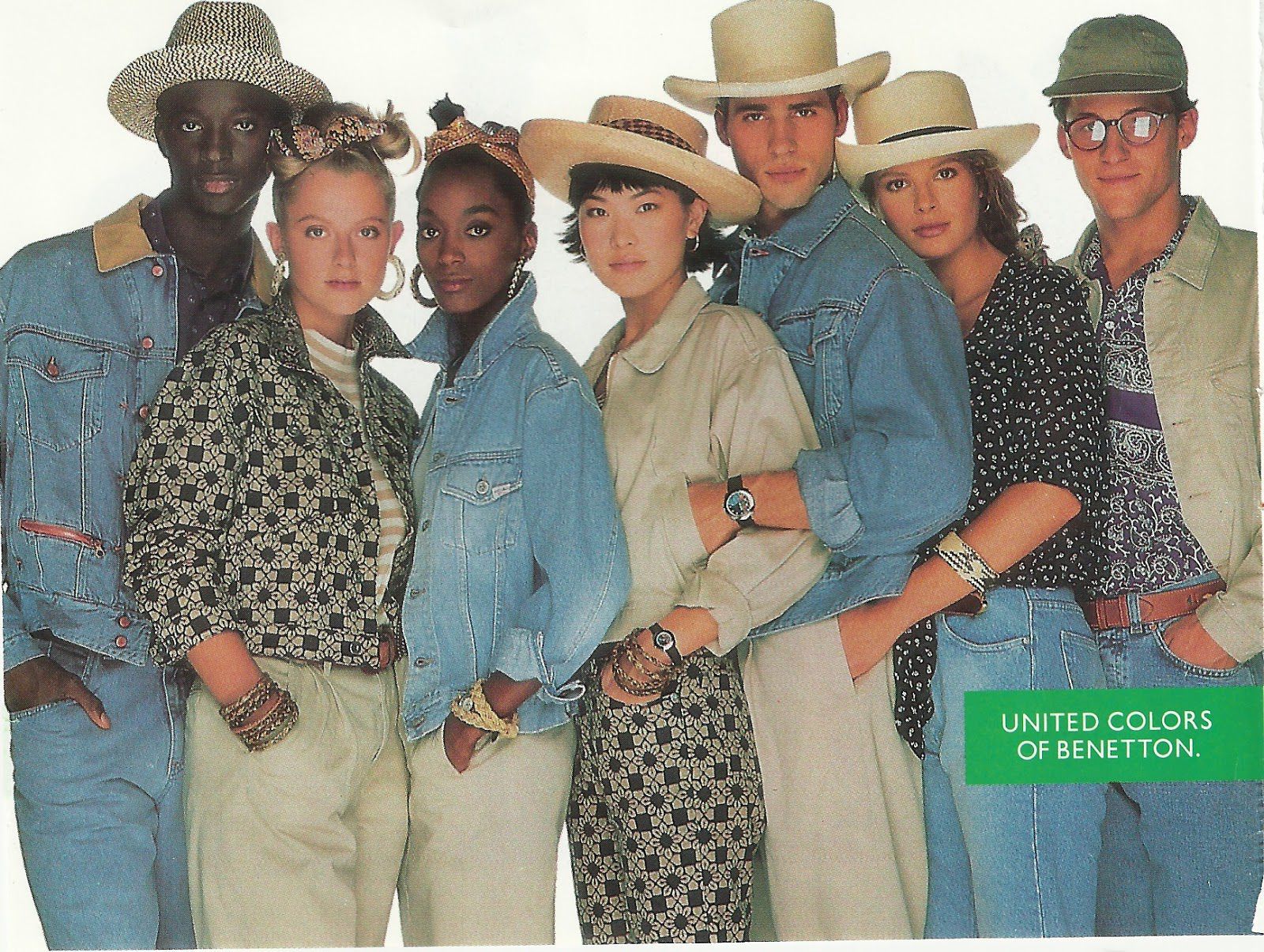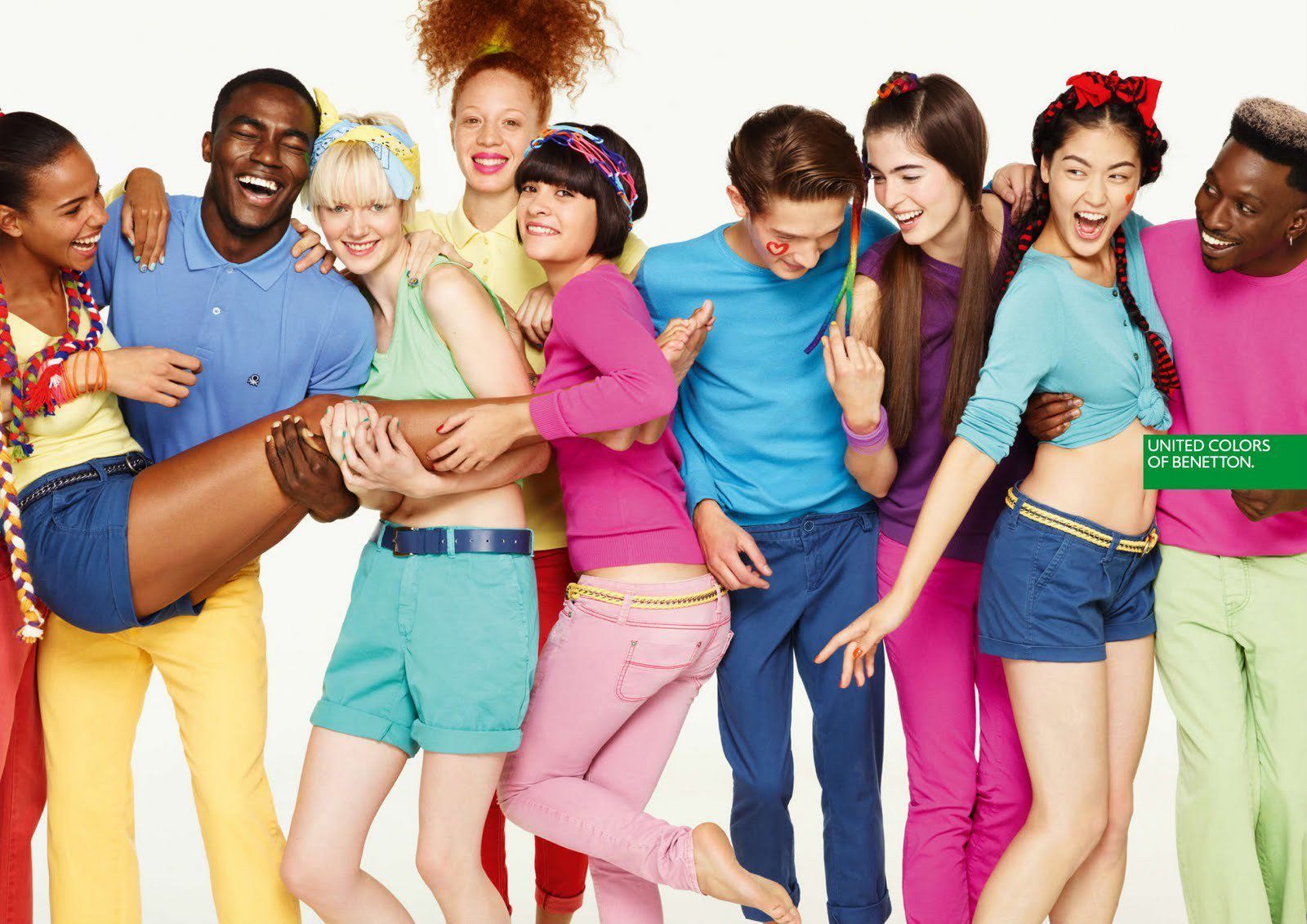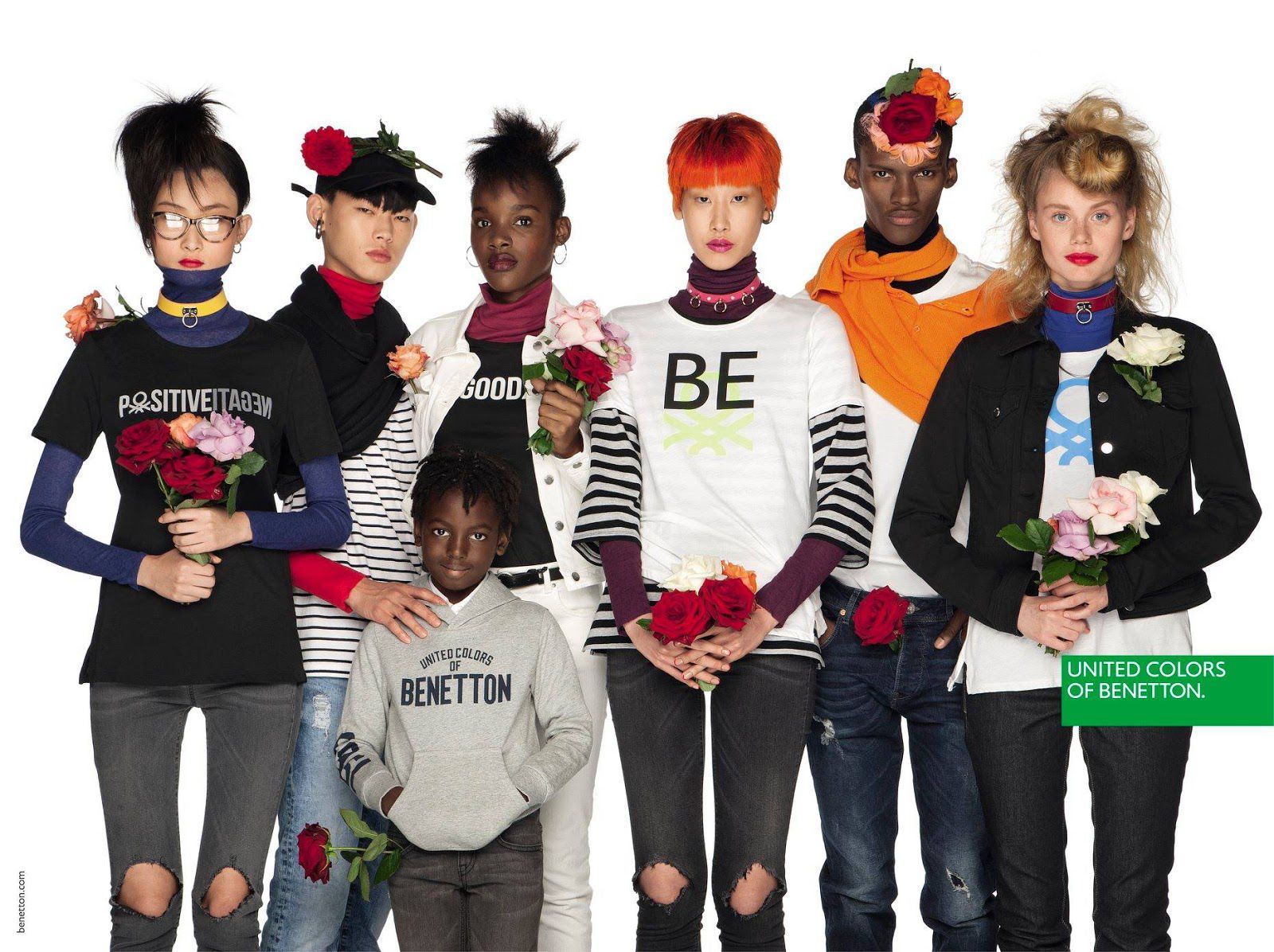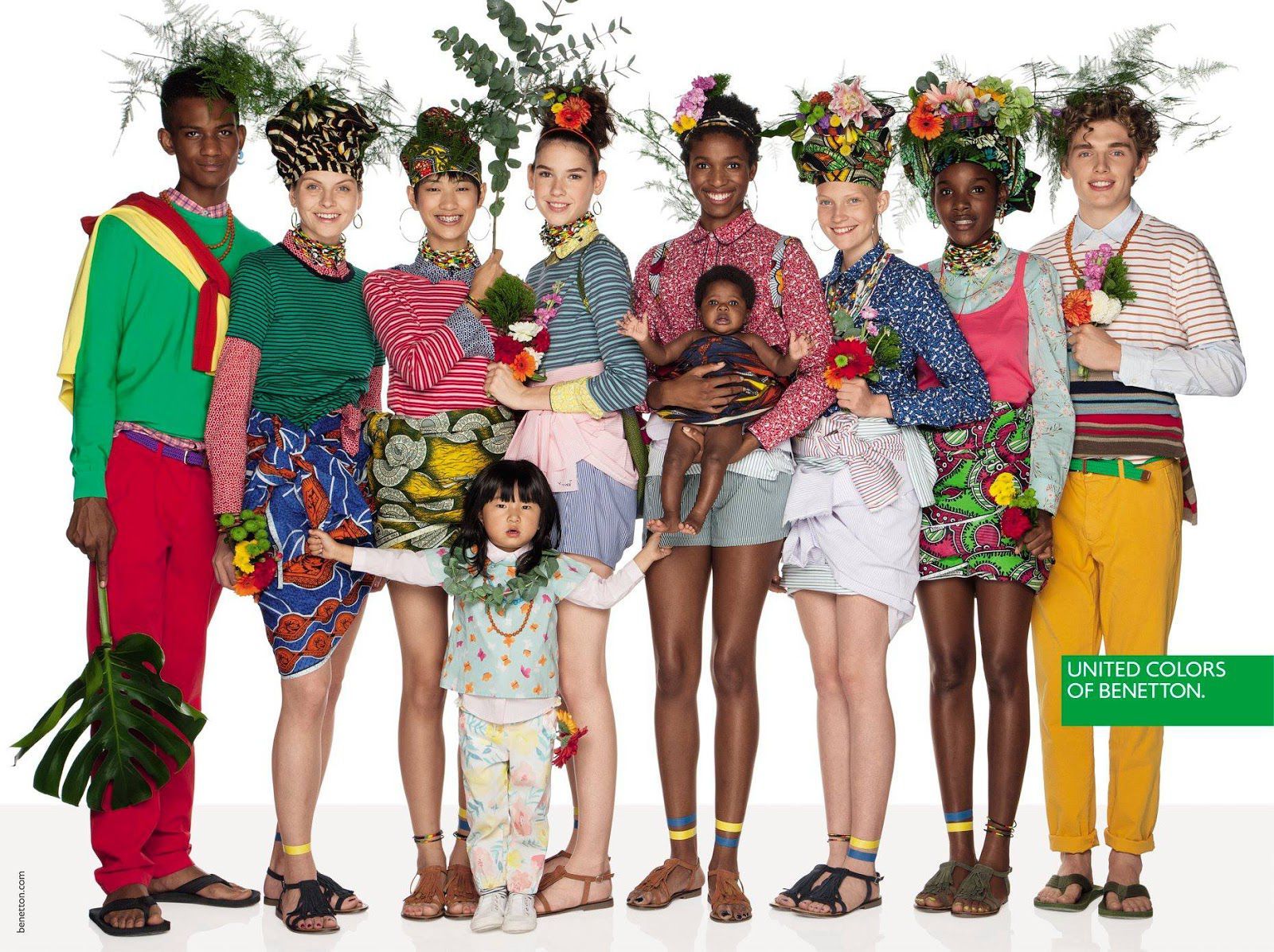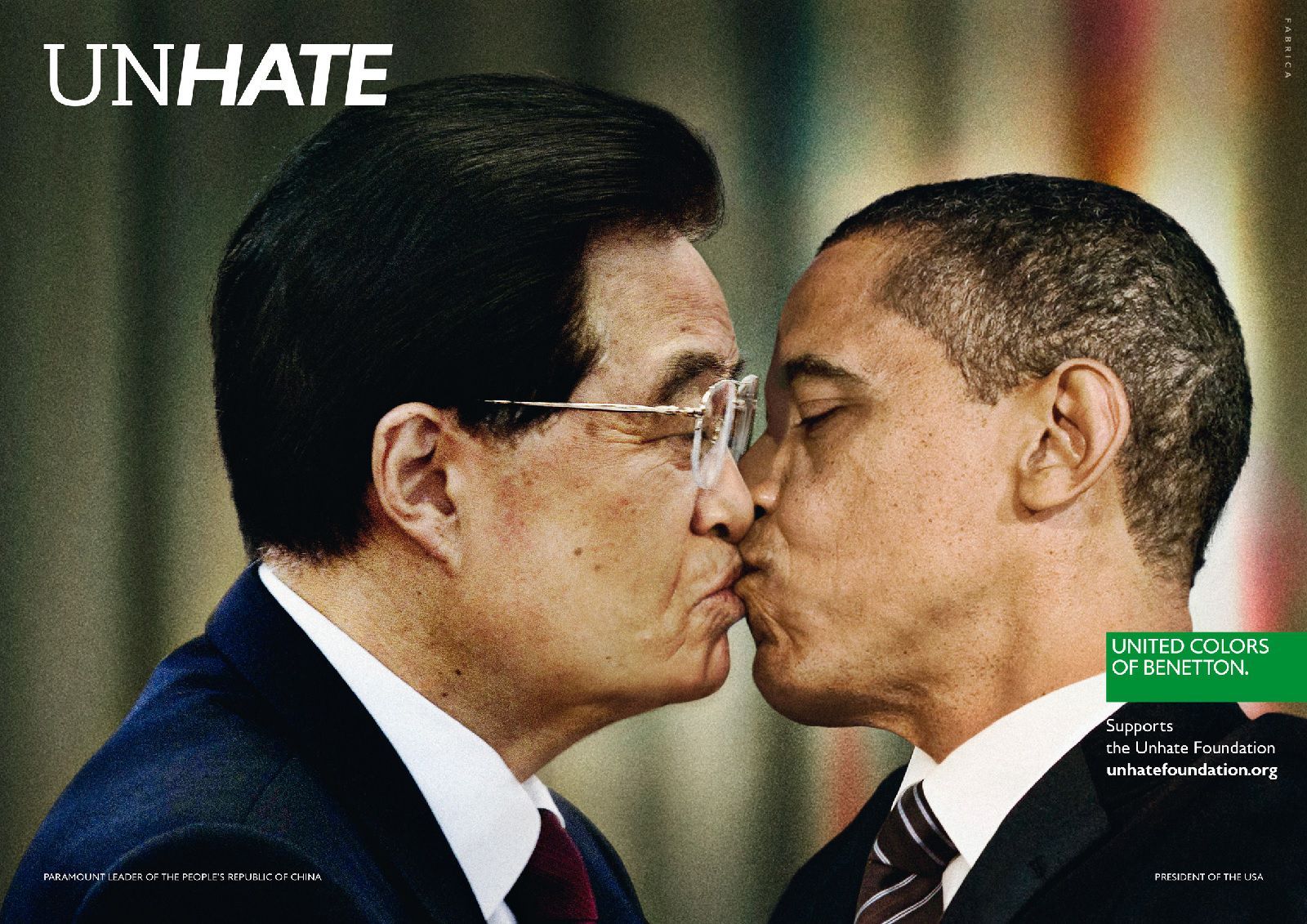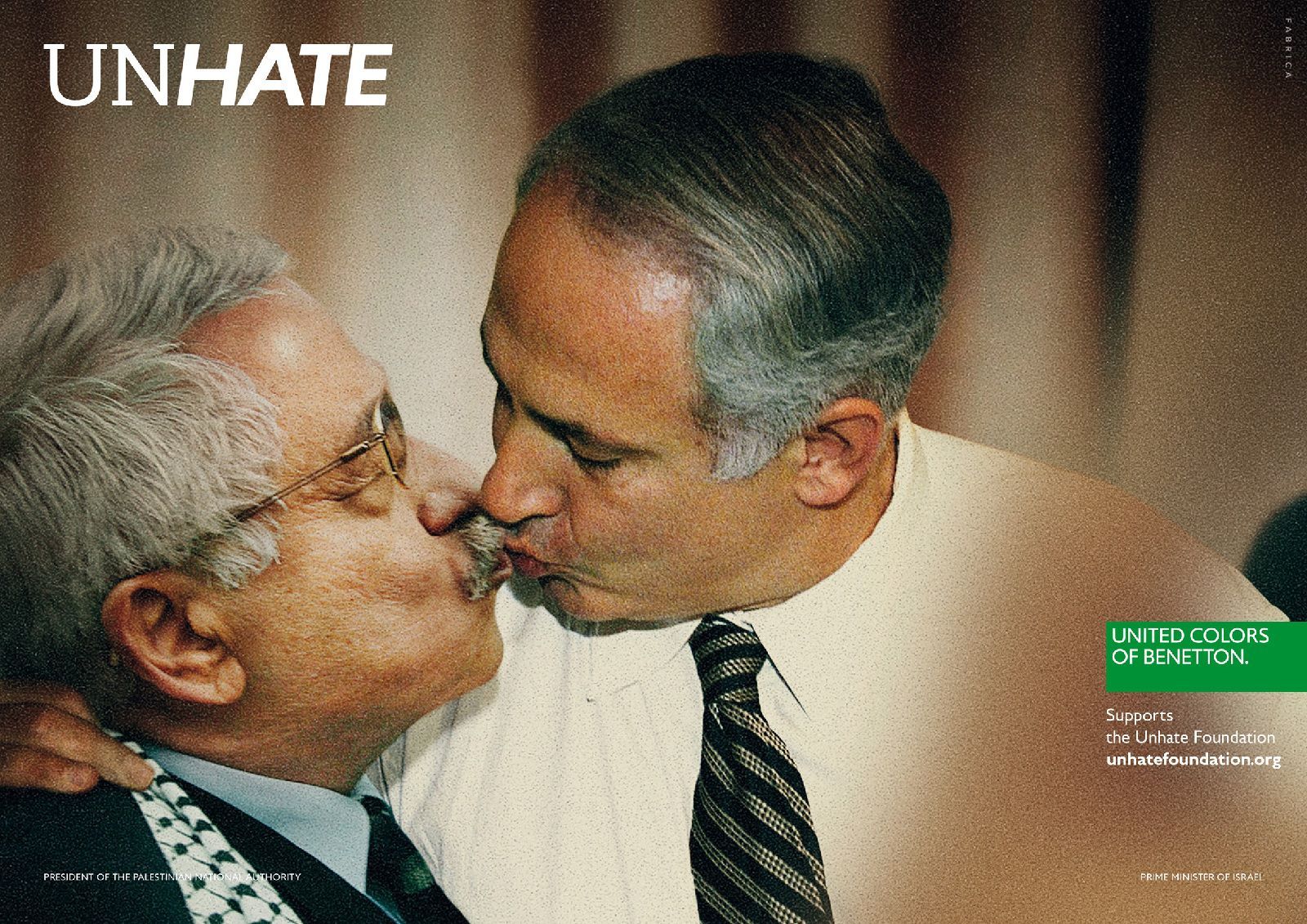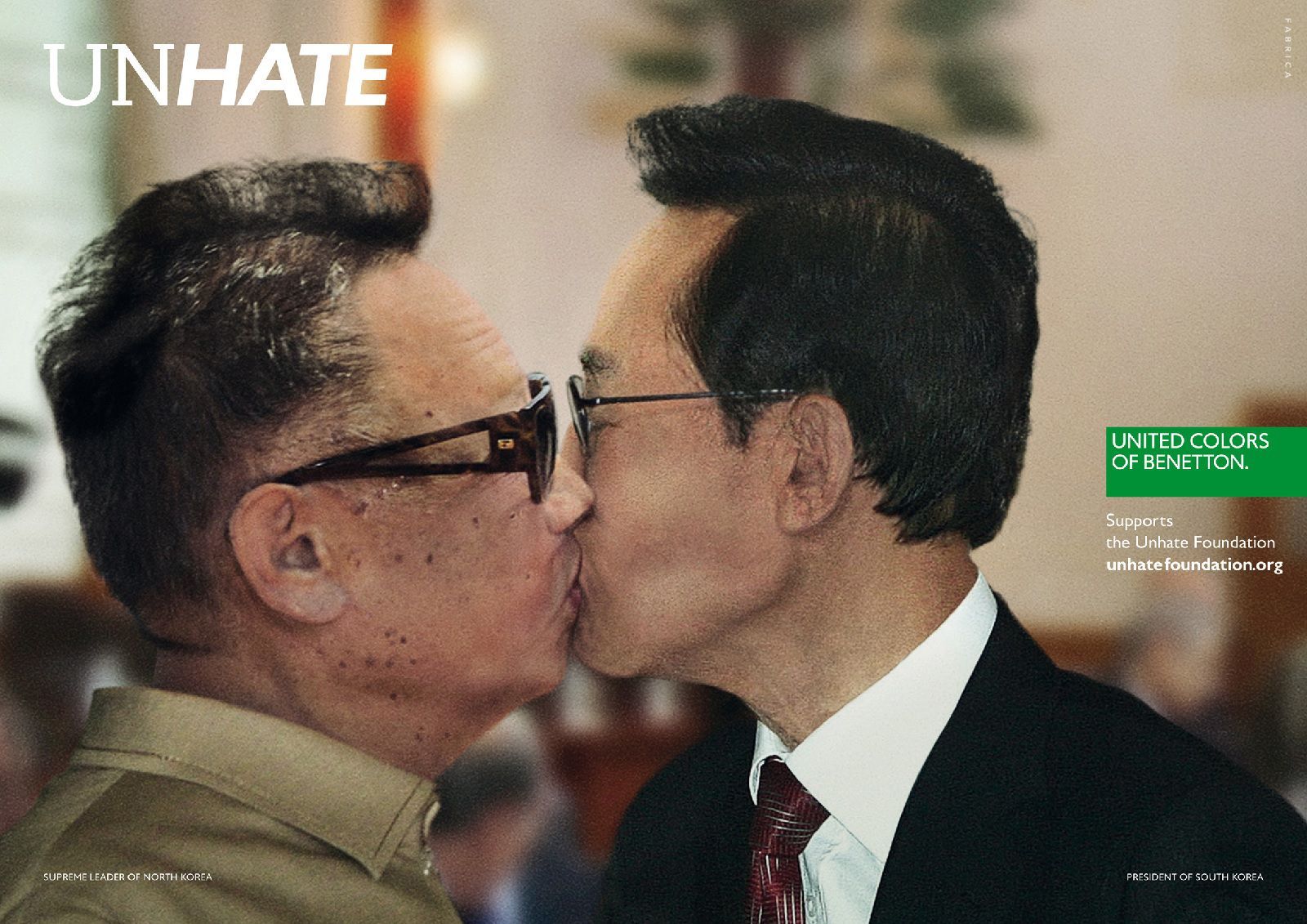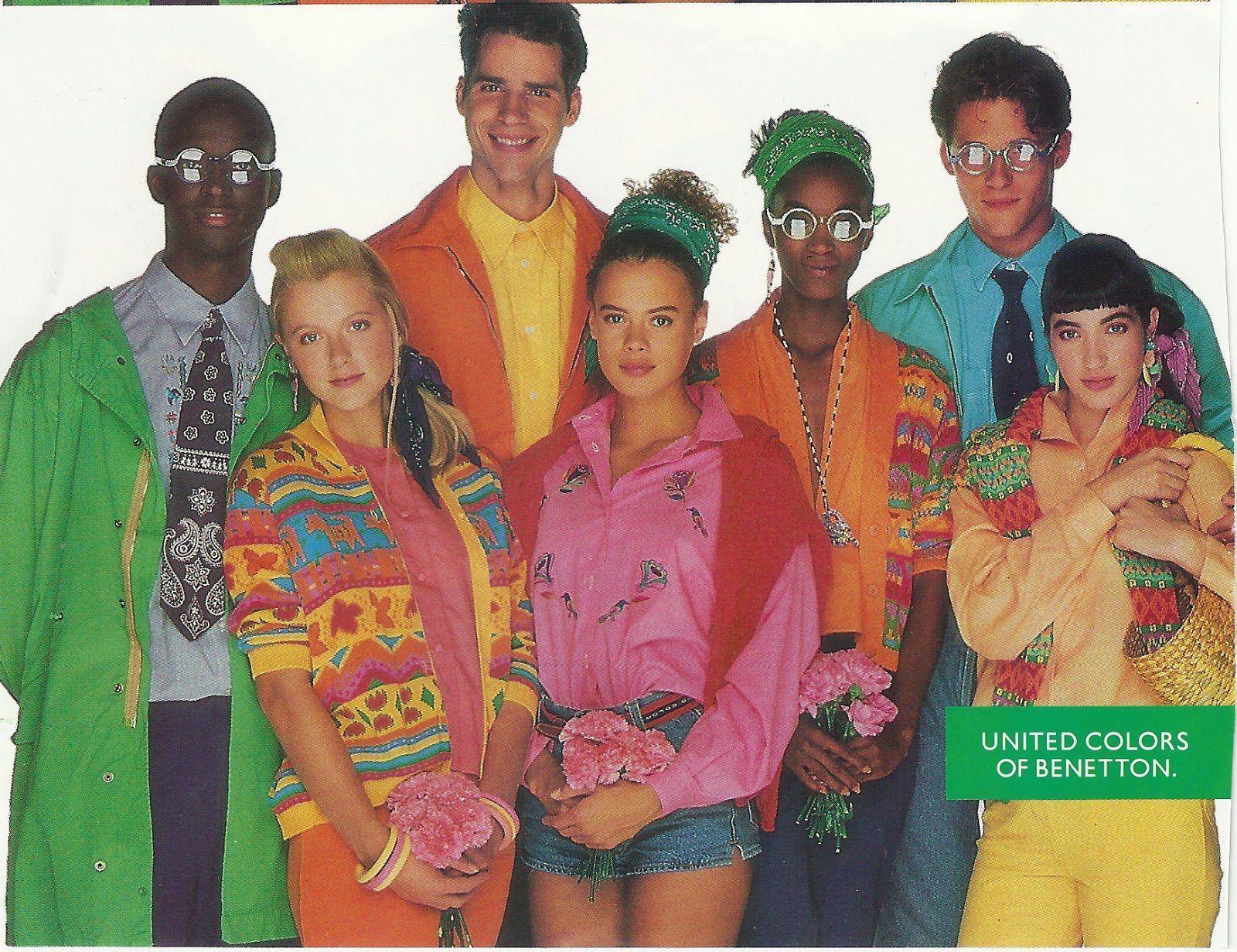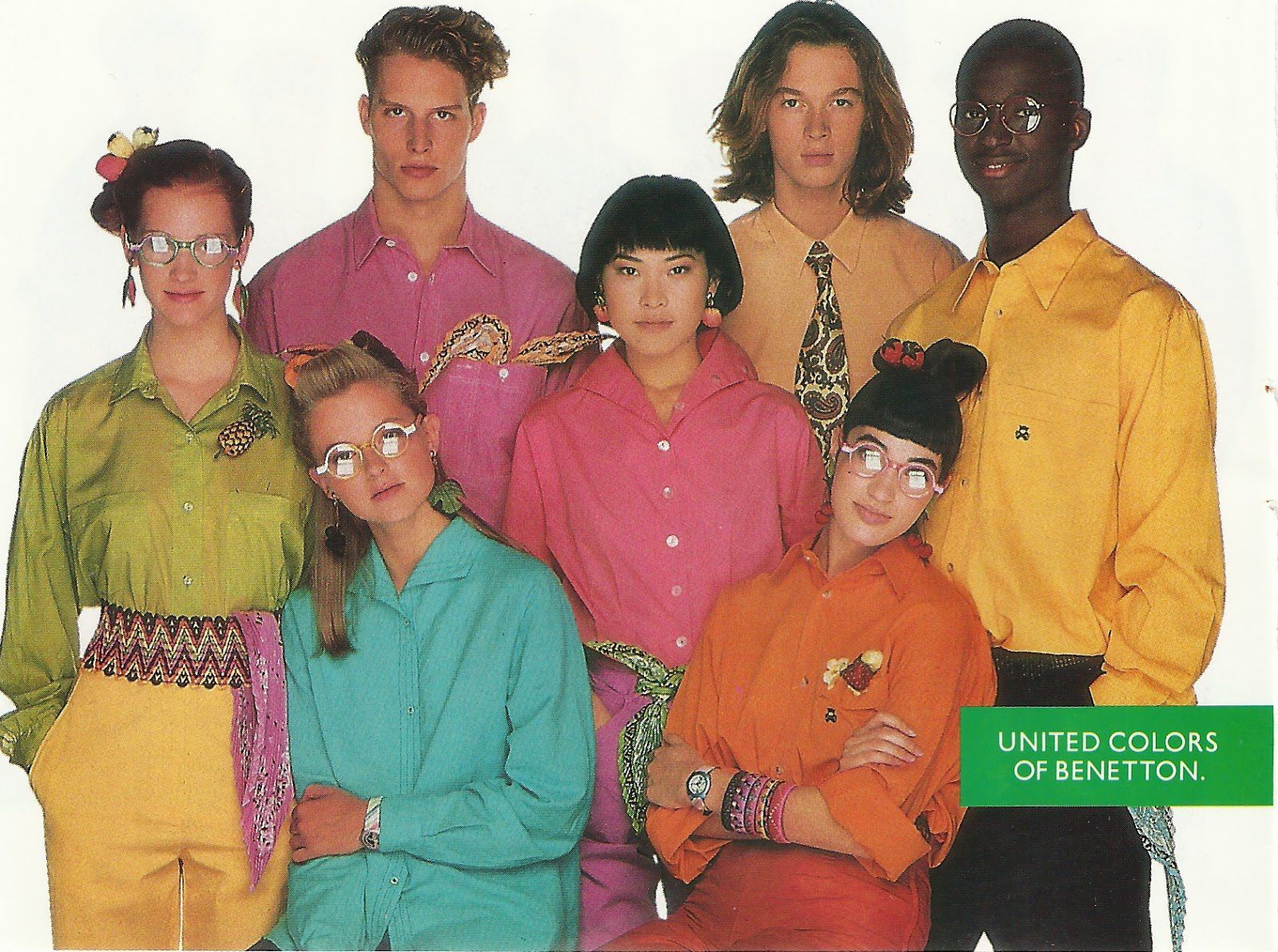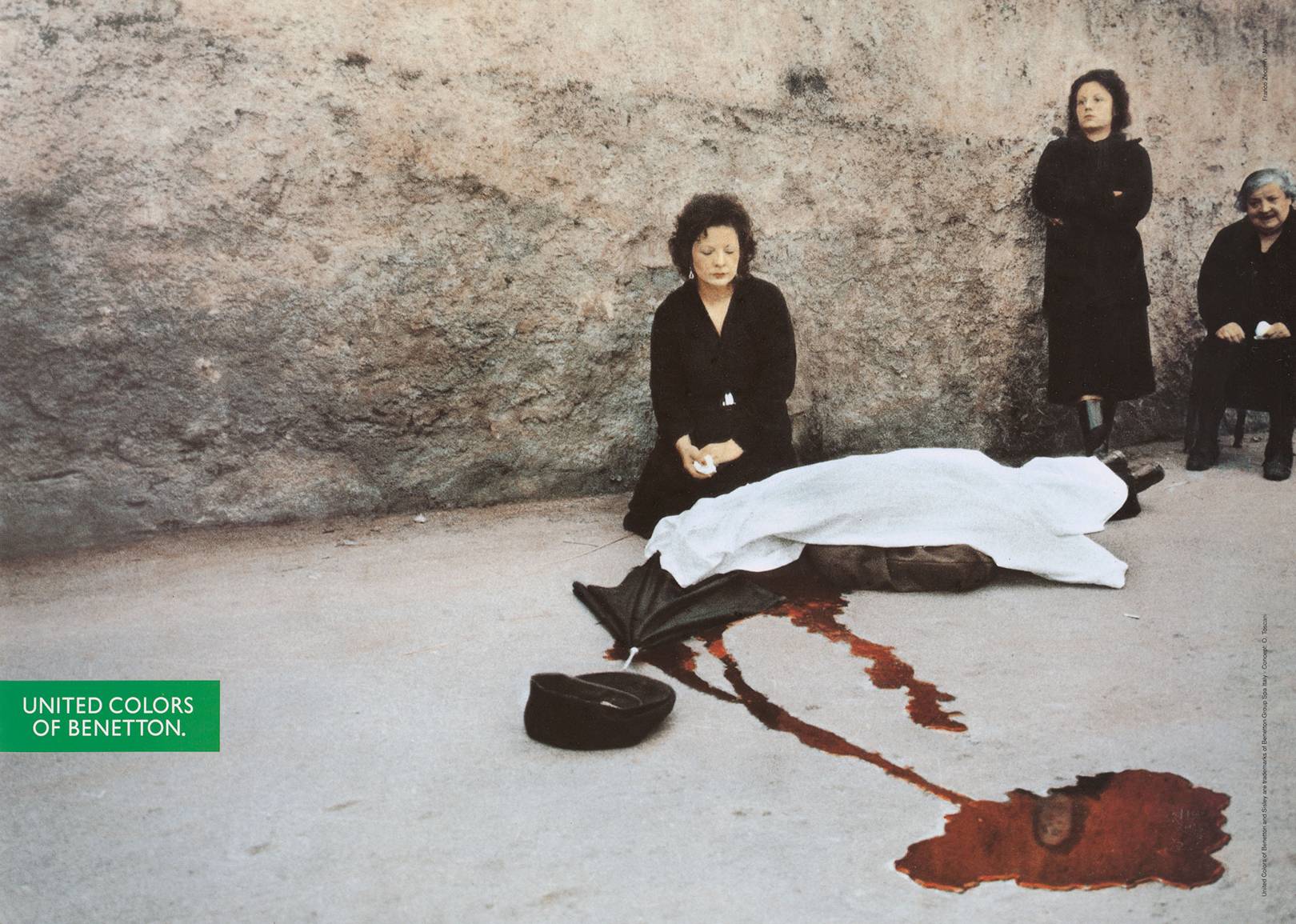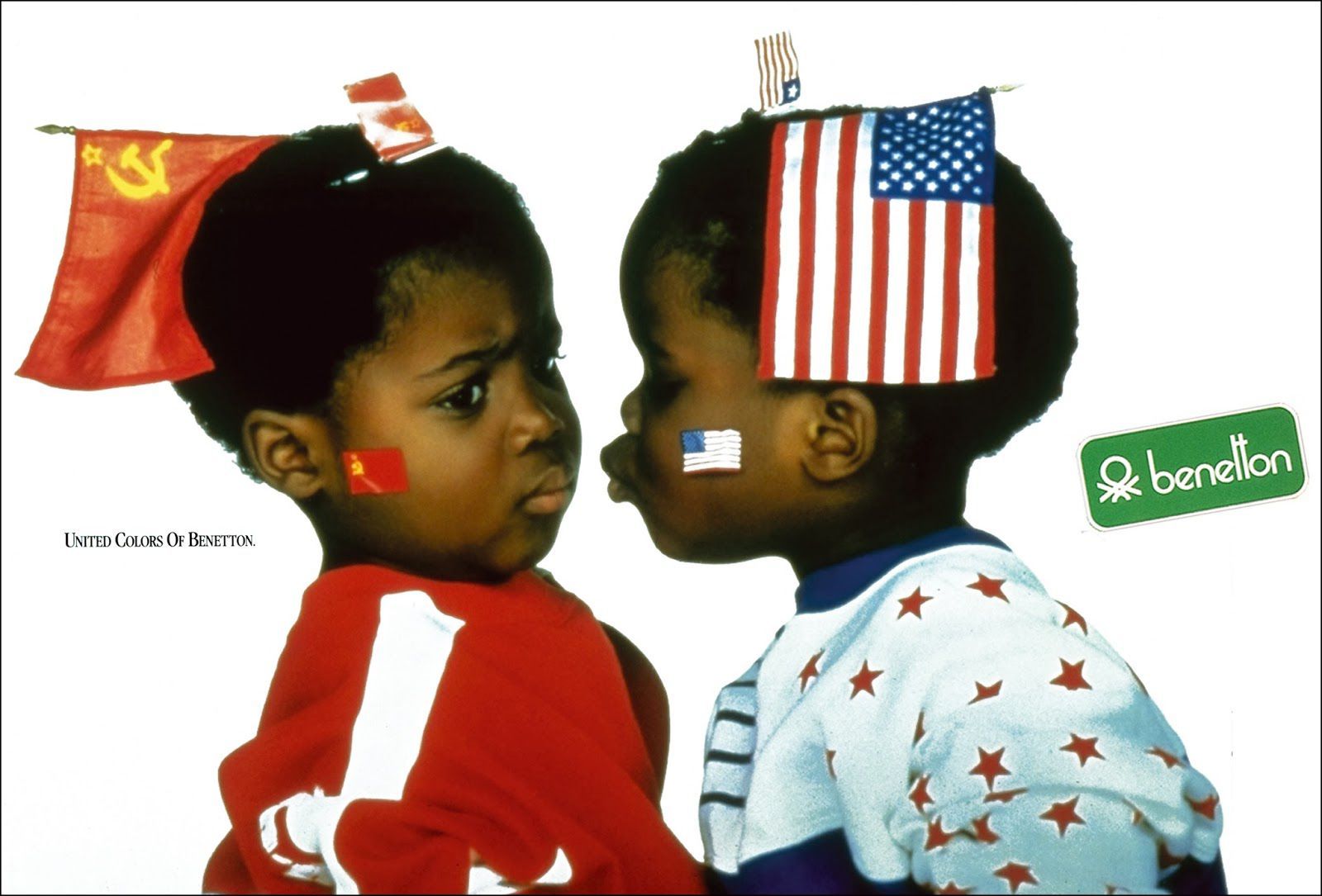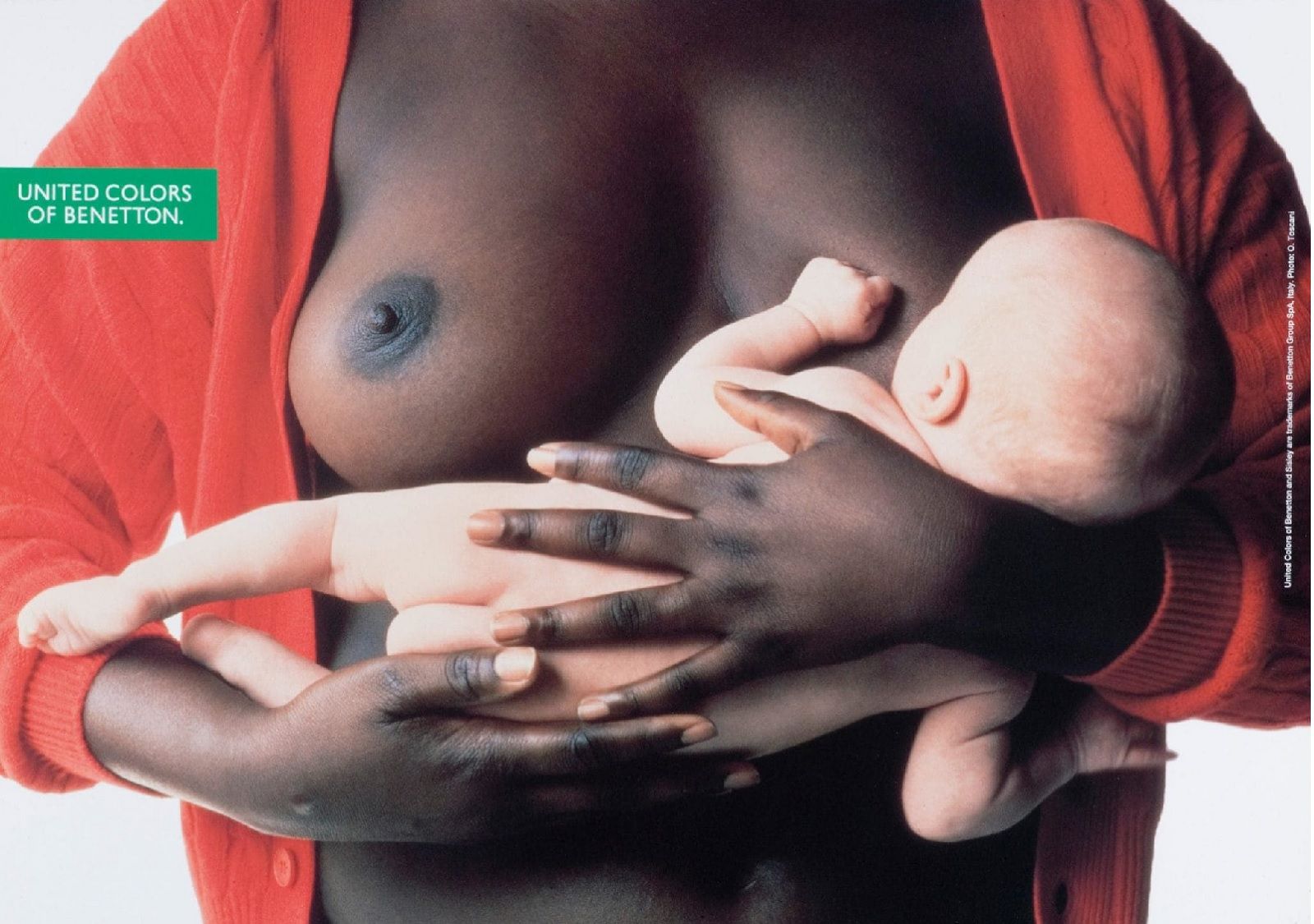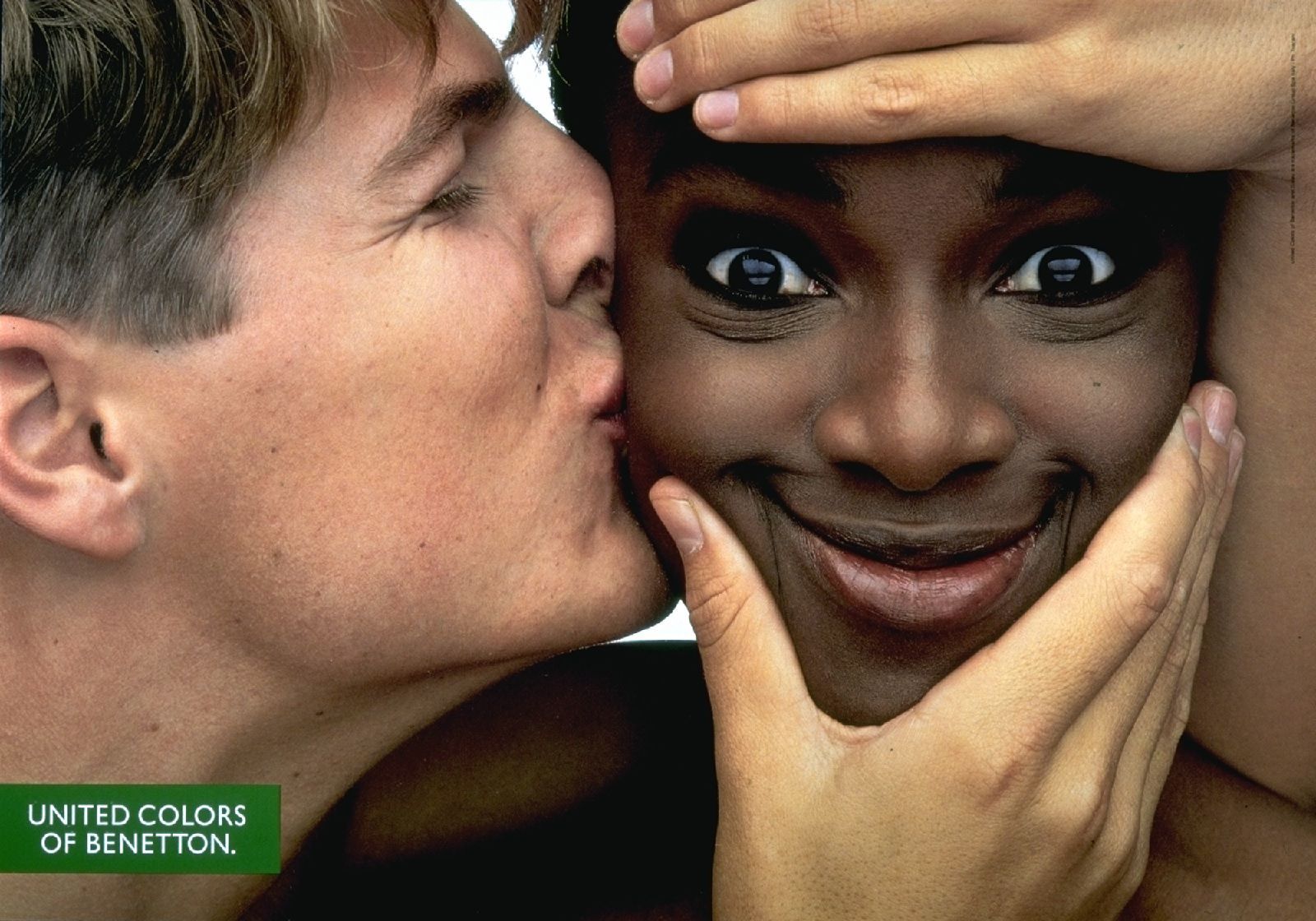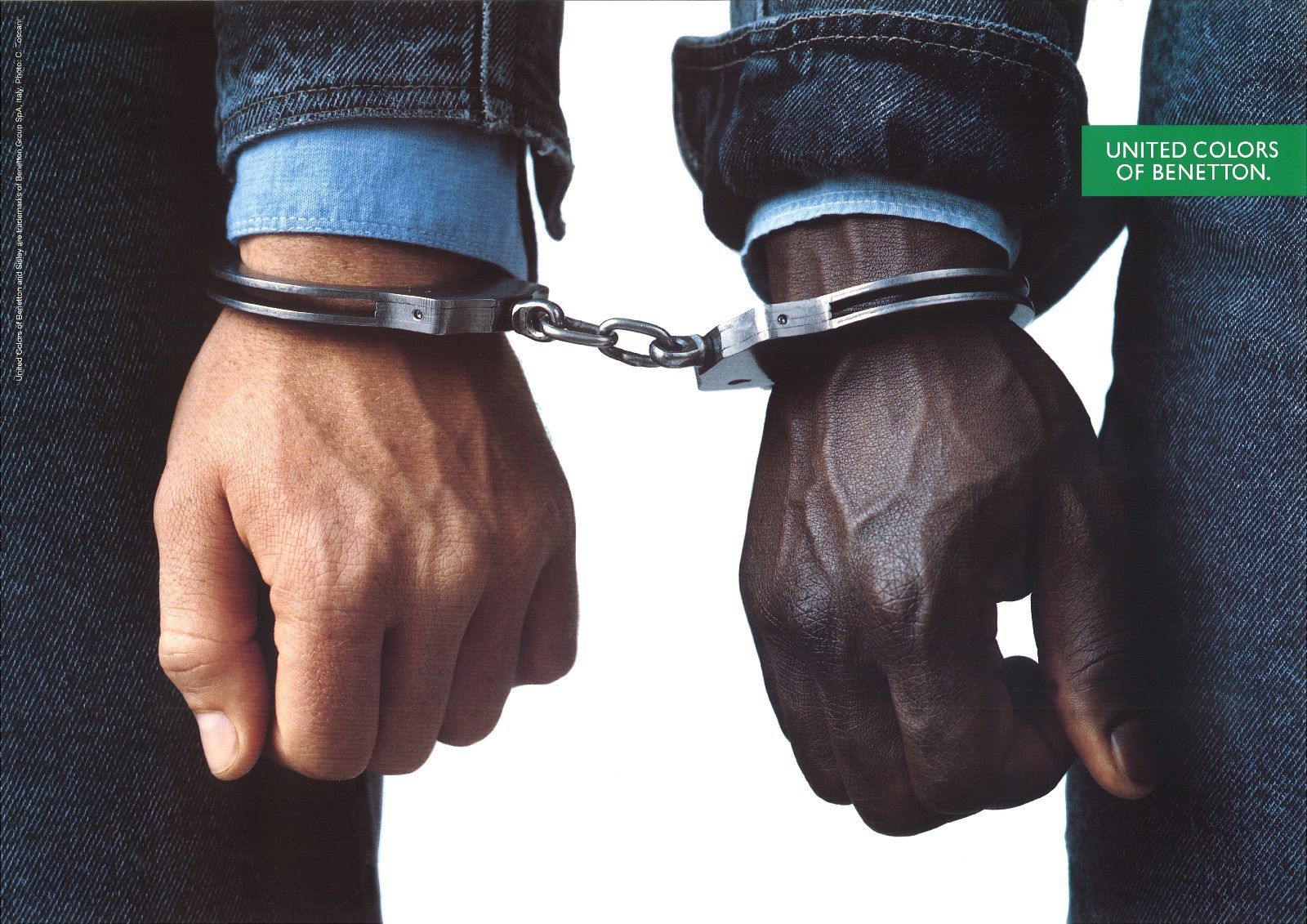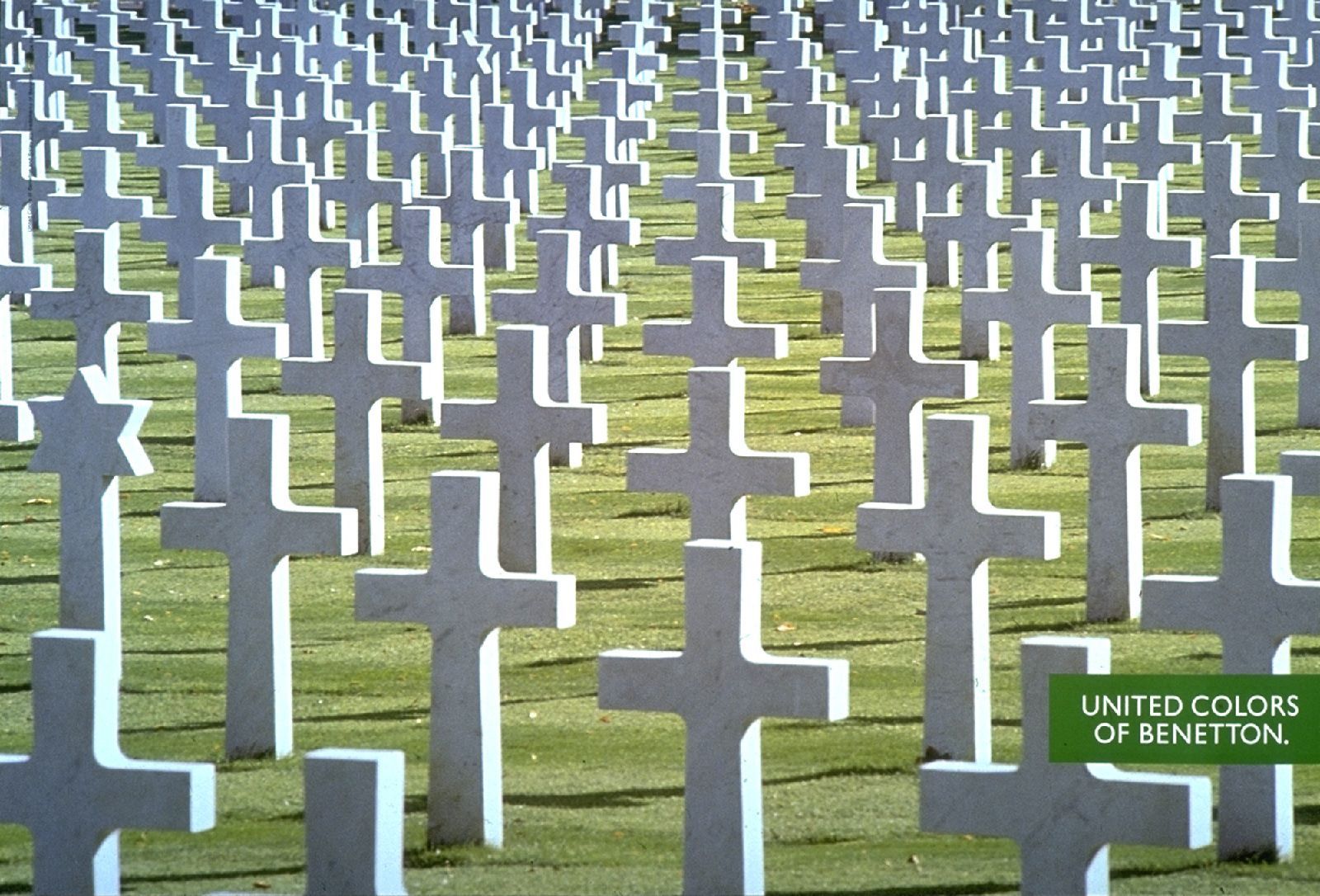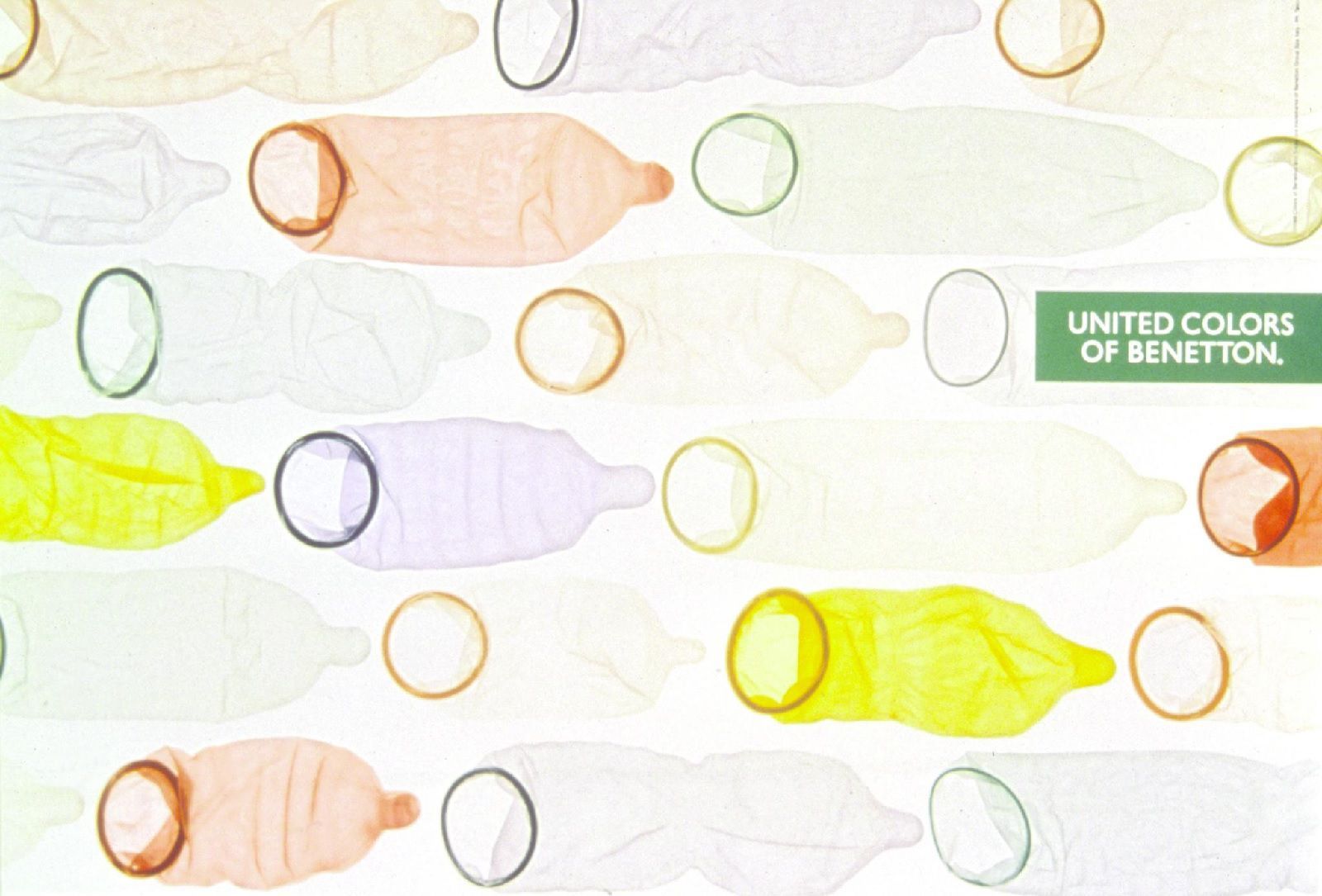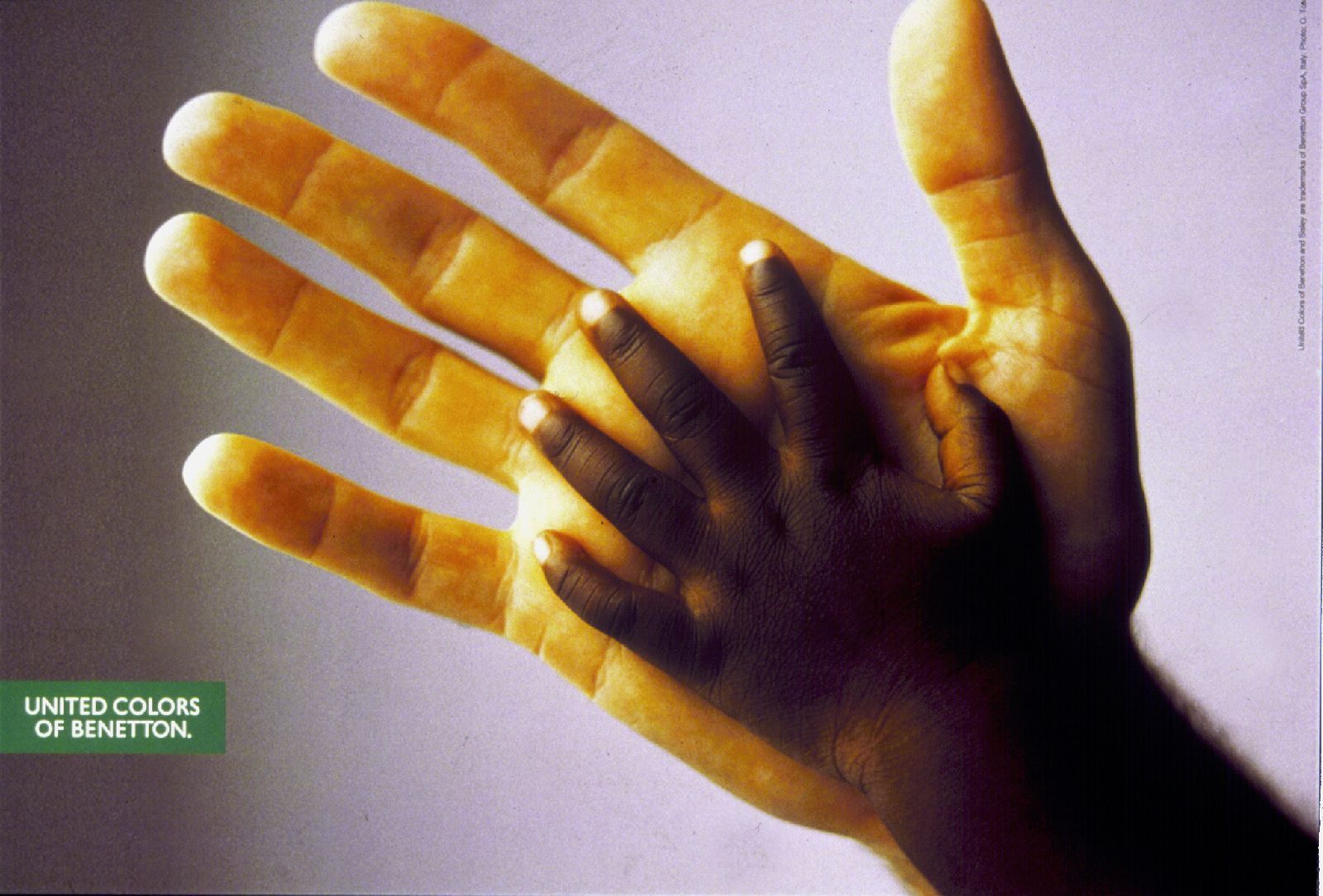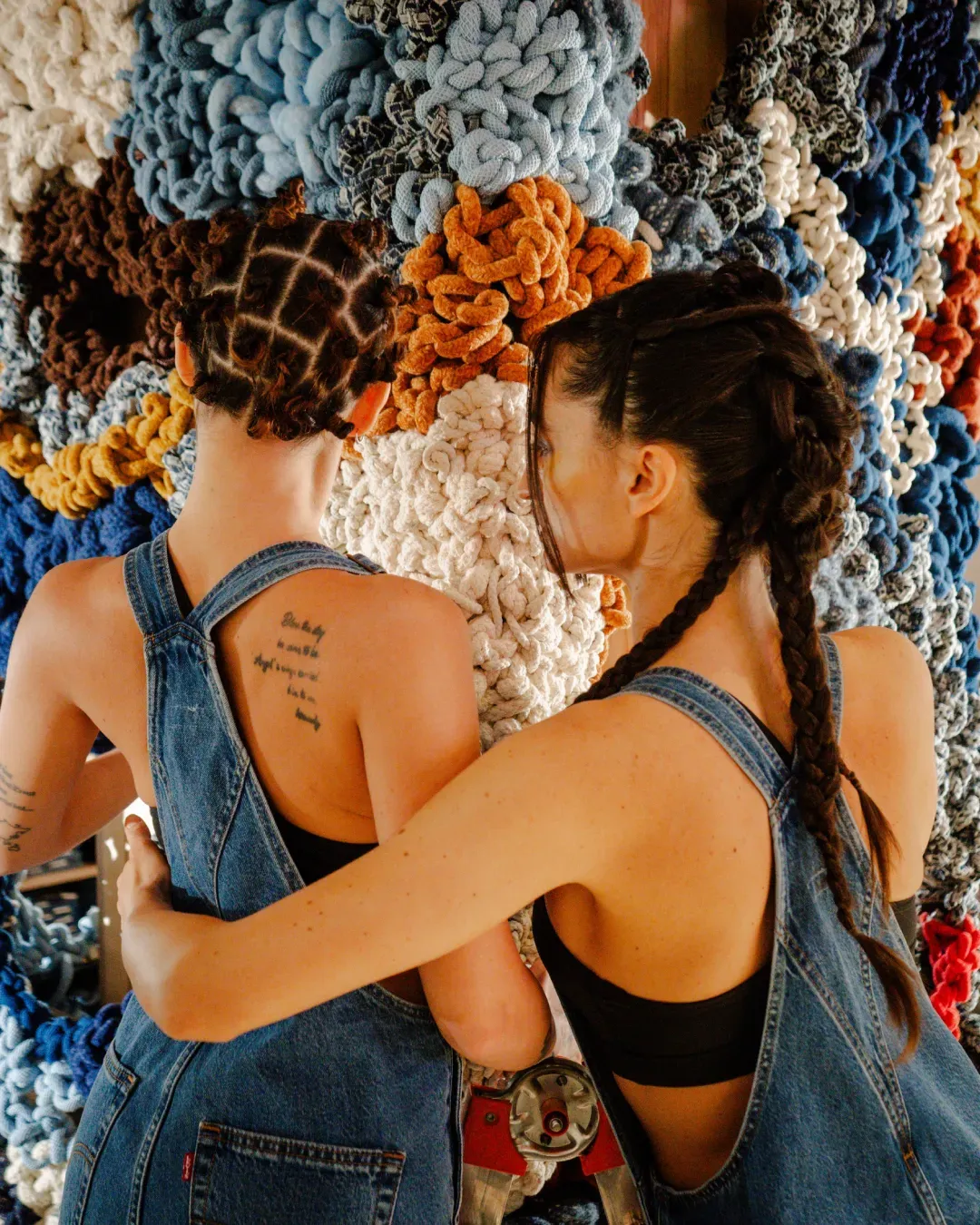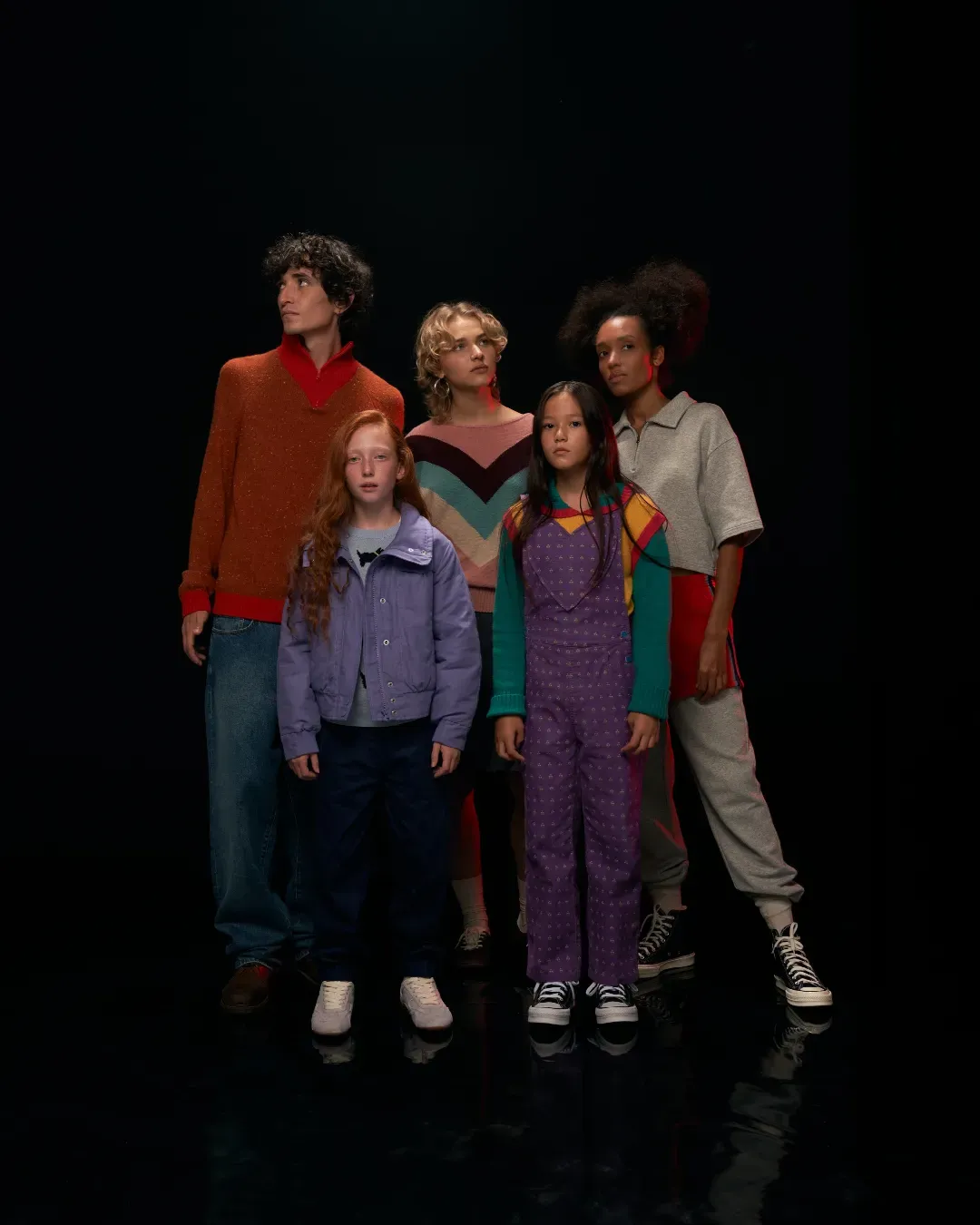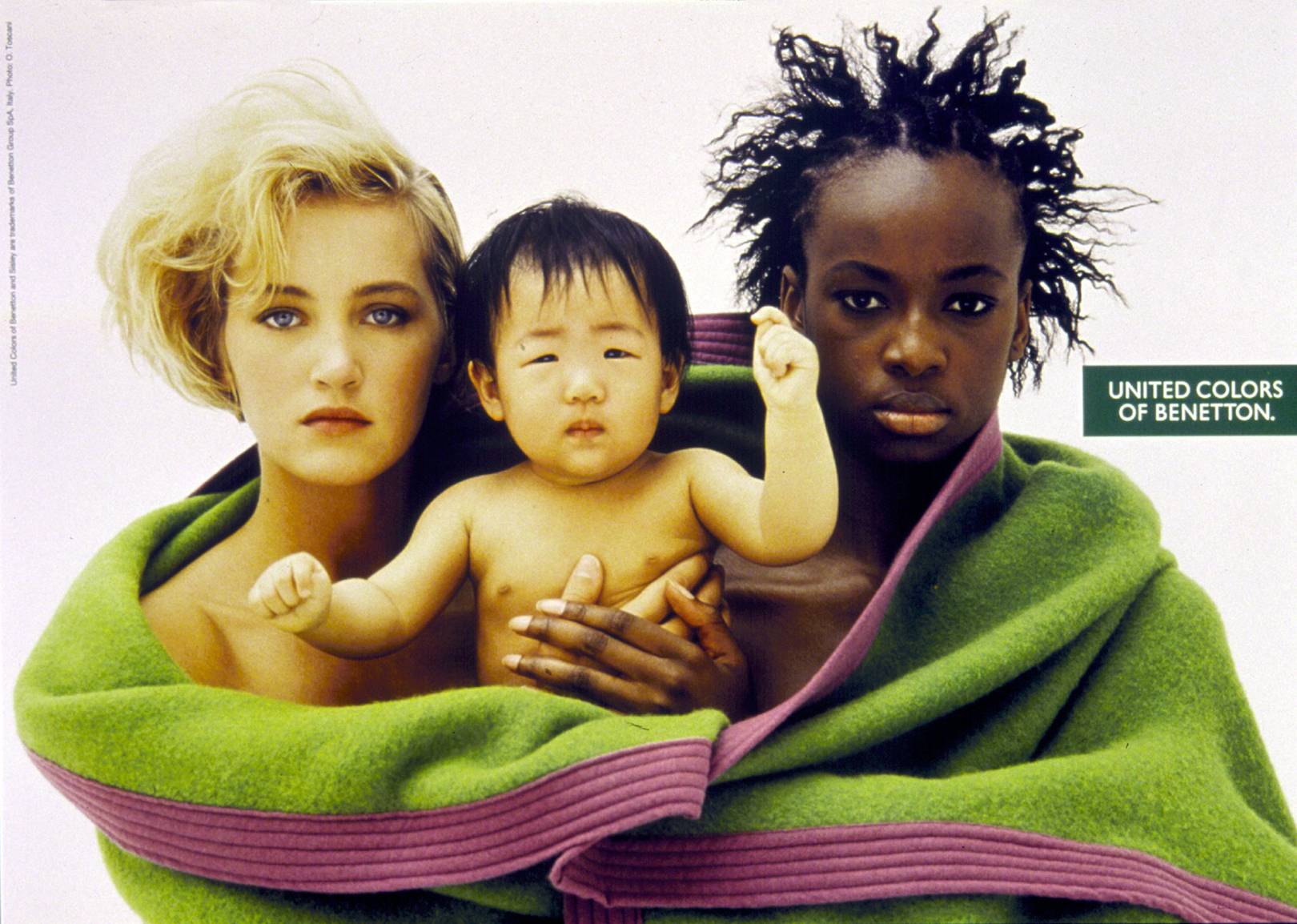
Benetton: United colors of fashion The history of the brand, from the first sweater to the iconic campaigns by Oliviero Toscani
On Tuesday 19 October Benetton will be showing for the first time in Milan. The brand will open the next Milan Fashion Week presenting the FW19 men's and women's collection with a co-ed show that will be held at the Area 56 in via Savona. The event will be an opportunity to learn how the heritage of the historic company will be interpreted and perhaps revolutionized by the new creative director Jean-Charles de Castelbajac. We take advantage of the upcoming event to retrace the history of a company that has made the history of Italian fashion and beyond, anticipated the giants of fast-fashion, making the sweater a trendy item, shocking and reflecting with the icons advertising campaigns created with Oliviero Toscani.
History.
It all starts in the early 50s as Luciano Benetton says:
"My sister Giuliana made sweaters for a shop in our area. One day, he gives me a sweater of a very bright yellow color. Well, everyone wanted it. They were tired of the sad and dull colors of the time. So I said: Come on, let's try, you Giuliana create and I sell. We bought an old machine that did the lines to the fishnet stockings. They sold it to the weight of the iron. We have transformed it. Since then, nobody has stopped us."
Their first official trademark is called Très Jolie and became Benetton in 1965 when the other two brothers, Gilberto and Carlo, who deal with the financial, technical and production aspects respectively, joined the project. Shortly thereafter appears "folpetto", the small octopus that recalls a particular weave of fabric, the logo designed in 1971 by Franco Giacometti and Giulio Cittato that will distinguish Benetton products.
The brilliant idea that brings the family to success is simple and, at the same time, innovative: to modernize the classic wool sweater, at the time available only in basic colors, elevating it to trendy items, proposing it in 36 colors thanks to the development of a technique of dyeing pre-packaged garments in unbleached wool that allows many product variants to be produced quickly, cheaply and on demand. The company took off in a very short time and from the first store opened in Belluno in 1966 the brand expands like wildfire thanks to low prices and a franchising system based on an independent network of commercial partners. The success of what is now the company listed on the Benetton Group Spa seems as unstoppable as innovations and winning ideas: an information system capable of creating a direct link between orders, warehouse and distribution; streamlined collections structure to accelerate production times and increase growth in the international network; first warehouse fully robotized as early as 1984. All decisions are the result of an excellent entrepreneurial intuition, but the factor X, the element that will allow the Treviso brand to enter into history is the partnership with Oliviero Toscani. It is his high impact social communication campaigns with shocking and provocative images that make Benetton known all over the world. It is always the photographer who develops the very famous slogan "All the colors of the world", then "United Colors of Benetton", a phrase that refers to the colorful clothes of the company and at the same time promotes a positive idea of cultural diversity.
Then everything changes. In 2000 the communication of the brand passed to Fabrica and the competition of fast fashion giants such as H & M and Zara took over the market. Instead of continuing to focus on the "fashion project", the management team begins to invest in other sectors: in motorways, in airports, in large stations, in motorway service stations. In 2003 the Benetton family announced the progressive withdrawal from the direct management of the company to leave room for external managers. The economic losses increase, close more and more shops and the reputation of the brand is affected by numerous facts, exploitative stories, violation of human rights, as the thorny conflict that opposes, in the Argentine Patagonia, the Mapuche indigenous to the Benetton Group, owner of 900.000 hectares acquired in 1991 and guilty, according to the accusations, to displace them from the lands on which they have always lived. The numbers are clear: Inditex, in 2016, invests more than € 23 billion, while Benetton only € 1.37 billion and in 2017 reports a loss of € 216.2 million, which follows that of € 37.2 million achieved in 2016. Outraged by the situation, the 80-year-old Luciano Benetton decides to return to the top of the company and in an interview with La Repubblica he explains:
"While the others imitated us, United Colors turned off its colors. We defeated ourselves. The shops, which were wells of light, have become dark and sad like those of Communist Poland. And I'm talking about Milan, Rome, Paris ... We closed in South America and the USA ... They stopped making sweaters. It is as if they had taken water from an aqueduct. I saw Russian coats, with double-breasted, wide lapel, thick shoulders ... of a dirty gray color. You think they closed the dye-works".
The historical collaborator Oliviero Toscani also returns with him. If the operation is successful, only time will tell it.
Benetton, Oliviero Toscani and the revolutionary advertising campaigns.
One of Benetton's greatest insights was to understand that communication should not be bought from an external supplier, it must be born from the heart of the company and that addressing an individual, rather than a client, a brand can identify its target starting from the age or income of consumers, but on the basis of a set of shared values. From 1982 to 2000, Oliviero Toscani helped the Venetian company to develop this concept. Together the two partners give life to iconic advertising, combining social criticism with simple, direct and impact images. So innovative that they are seen as a watershed between a commercial model of traditional and modern advertising photography, in which the relationship between text and subtext of the message is reversed. Social causes become the pivot of institutional campaigns, while product, brand, and commodity are now the subtext. Toscani realizes strong images that were born with the aim of capturing the interest and attention of people preventing indifference, shocking, trying diplomatic incidents, collecting criticism and complaints from the Vatican to the White House, often being censored and boycotted. The most widespread accusation is that of decontextualizing and commodifying the chronicle and the problems of the world, transforming them into a sort of disposable objects. Whatever the general opinion, it is undeniable that the Benetton and Toscani campaigns have marked our age and, thanks to the many controversies, have allowed the Italian fashion giant to become known all over the world. The subjects of the photographer are subjects suffering from AIDS, political prisoners, refugees, members of the clergy, people of any race, religion or sexual orientation.
If the first campaigns aim at the subversion of stereotypes with the intent to exalt and at the same time unify opposites and differences under the aegis of the brand, like the shot that brings together Palestinians and Israelis or that, very famous, with a nun kissing a priest on the cheek, since the end of the '80s are becoming more provocative, capturing the interest and touching the top of the controversy all over the world. This is the case of the newborn Giusy, with the umbilical cord still to be severed, condemned by the Jury of Advertising Self-discipline because "it does not take into account the sensitivity of the public"; of the three children, one white, one yellow and one black, showing the language of the same color, judged "pornographic" and withdrawn in the Arab countries, for the prohibition to show an internal organ; of the two men, one black and one white, handcuffed together; of the black woman nursing a white baby, accused of racism because it recalls the life of the colored slaves in the cotton fields, when among the tasks entrusted to women there was also that of breastfeeding the children of the master. This reinterpretation of the Madonna with Child of the history of the art marks the opening of the season of international awards and recognitions, becoming the most awarded image in the history of Benetton advertising.
Over time, the collaboration between Toscani and the Venetian company touches increasingly dramatic strings and, for many, shocking. In 1992, for example, the two partners chose shots made by various photojournalists, allowing reality, illness, violence and natural disasters to break into the often sweetened and fictional universe of advertising. Can not forget the black soldier, taken back with a machine gun on his shoulders, which holds a human femur; the ship full of hundreds of refugees; the war cemetery full of crosses; the electric chair, a very clear denunciation against the death penalty; the bloody pants and t-shirt by Marinko Gagro, a soldier killed during the conflict in the former Yugoslavia.
The most touching photograph, the one that will remain known as "the most controversial advertising campaign of all time" depicts David Kirby, an anti-AIDS activist and terminally ill, portrayed as a dying Christ, in May 1990, while exhaling his last breath in his Ohio State University Hospital, surrounded by his family. The creative association between Oliviero Toscani and Benetton, begun in 1992, breaks off in 2000 shortly after We On Death Row adv showing for the first time the real aspect of some condemned to death. For 18 years the Milanese photographer took care of the advertising of the company, developing its online presence, creating the sportswear line Playlife, founded in 1990 the newspaper Colors and in 1993 the innovative international study center Fabrica (it realizes the Unhate campaign). Toscani and Benetton have been unique, have revolutionized the world of communication by transforming advertising into a medium to talk about the problems of the world, racism, sex, religion, war, mafia, the death penalty, AIDS, violence.
The crisis of ideas.
What happened after the end of the collaboration with Toscani? The brand sat on its laurels. He stopped experimenting, provoking, investing. Both on the managerial level and on that of communication. The Benetton company, since the years 2000 less and less in the hands of the family that has brought it to success and more and more of foreign managers, has basked on the results obtained, like a tired and arrogant giant who remains still, still, the same himself, without realizing that that image, a golden time, is becoming faded every day more and that someone is preparing to take his throne. Metaphorically speaking, this is what happened to the Veneto brand, devoured in terms of collections and appeal from fast-fashion chains such as Zara or H&M, which, on the other hand, were able to keep up with the times, in terms of creative proposals and communication, always attentive to what the current market demands. If, much of Benetton's fortune is due to the disruptive genius of Toscani, as did his successors not to understand the value of an impact image that, even if uncomfortable, is able to arouse strong reactions and consequence, hype, return before image and then economic? How to think that it was enough to make shots with multi-ethnic models dressed in garments more or less colored to keep the focus on the brand? To be honest, from the new millennium to the return of Toscani, one more interest attempt has been: the Unhate campaign. The central theme of the project is the kiss, the most recognized symbol of love, here a symbol of reconciliation between world political leaders and religious, for example: Barack Obama and the Chinese leader Hu Jintao; Pope Benedict XVI and Ahmed Mohamed el-Tayeb, Imam of the Al-Azhar Mosque in Cairo; Palestinian President Mahmoud Abbas and Israeli Prime Minister Benjamin Netanyahu. A campaign that has earned the company several awards, remembering the golden times. Too bad that because of the protests Benetton has decided to withdraw both the shot of the kiss between the Pope and the Imam.
Would they do it at the height of success? Maybe not. Now that Luciano Benetton has returned to the top and with him the trusted Toscani, things could change. It is hoped that even the strictly fashion offers will be improved and that the new creative director Jean-Charles de Castelbajac knows how to infuse with his experience and his love for art an interesting twist to the new collections, perhaps updating the creations with street influences or with some special collaboration, perhaps with an artist. It would be nice if Benetton's fate was not a pale memory of past success.










































